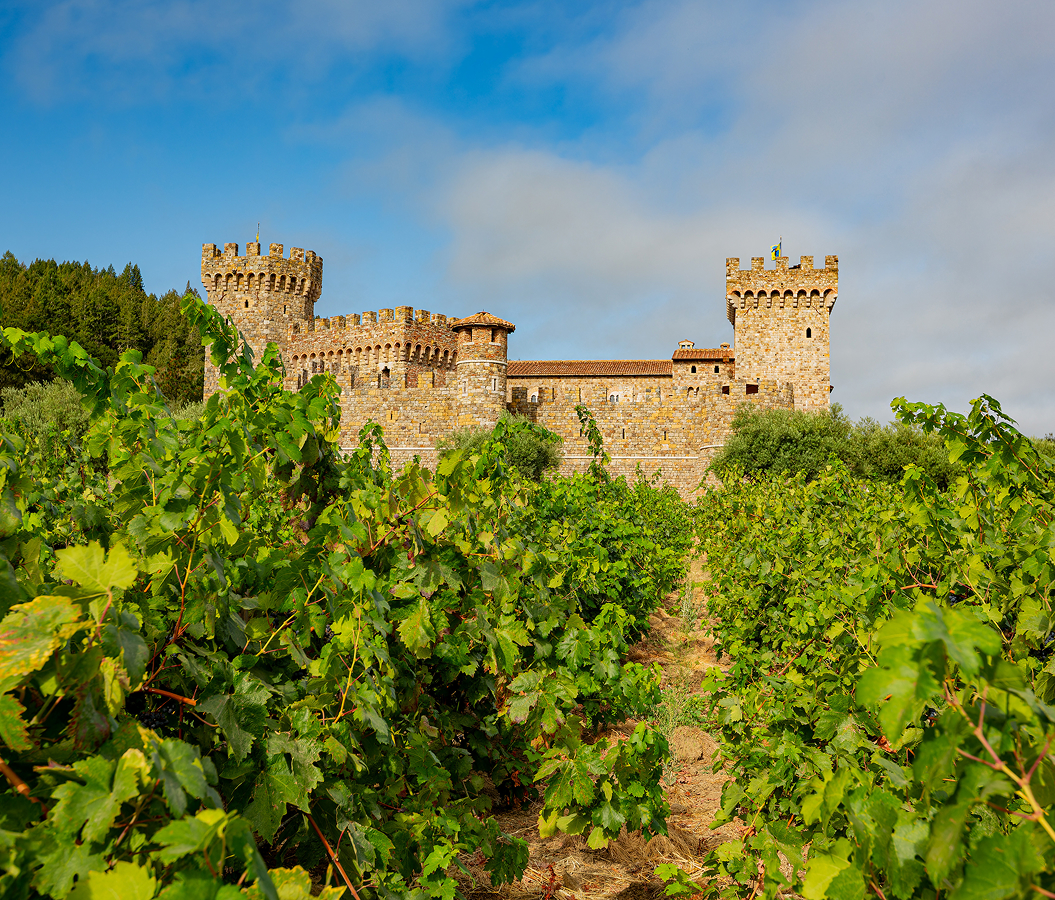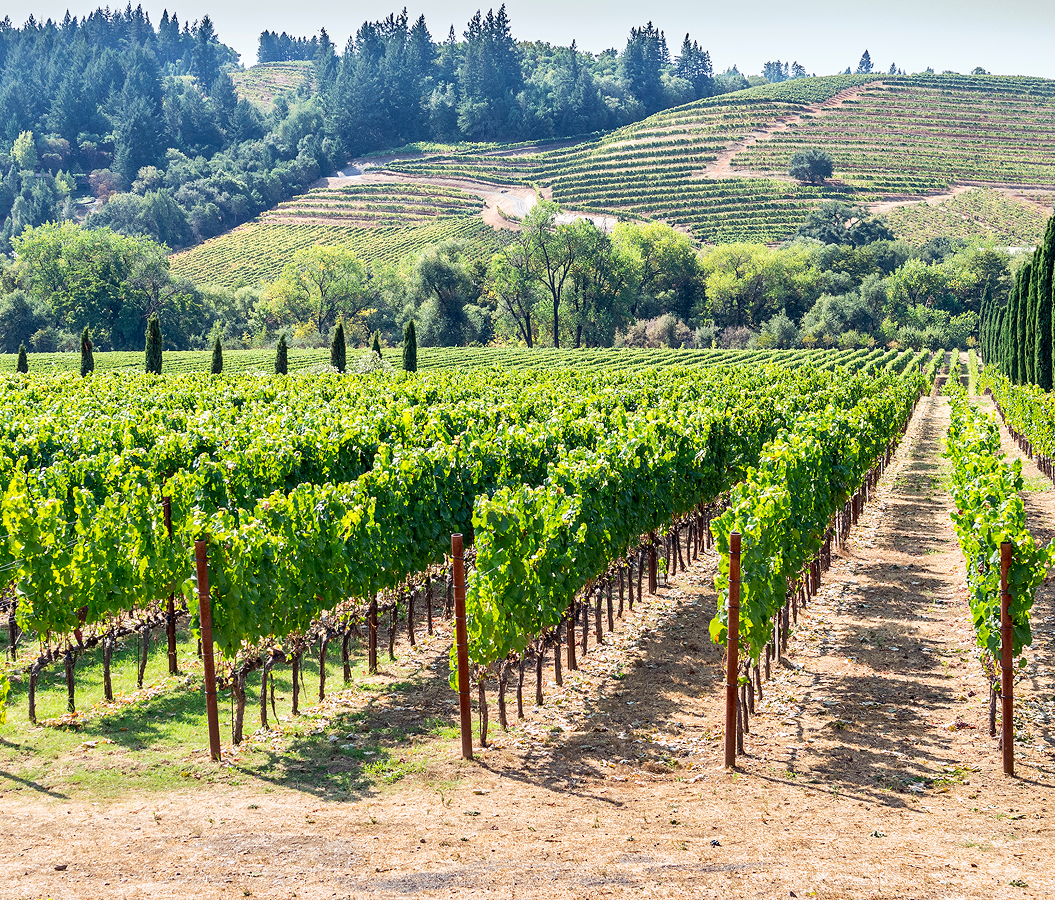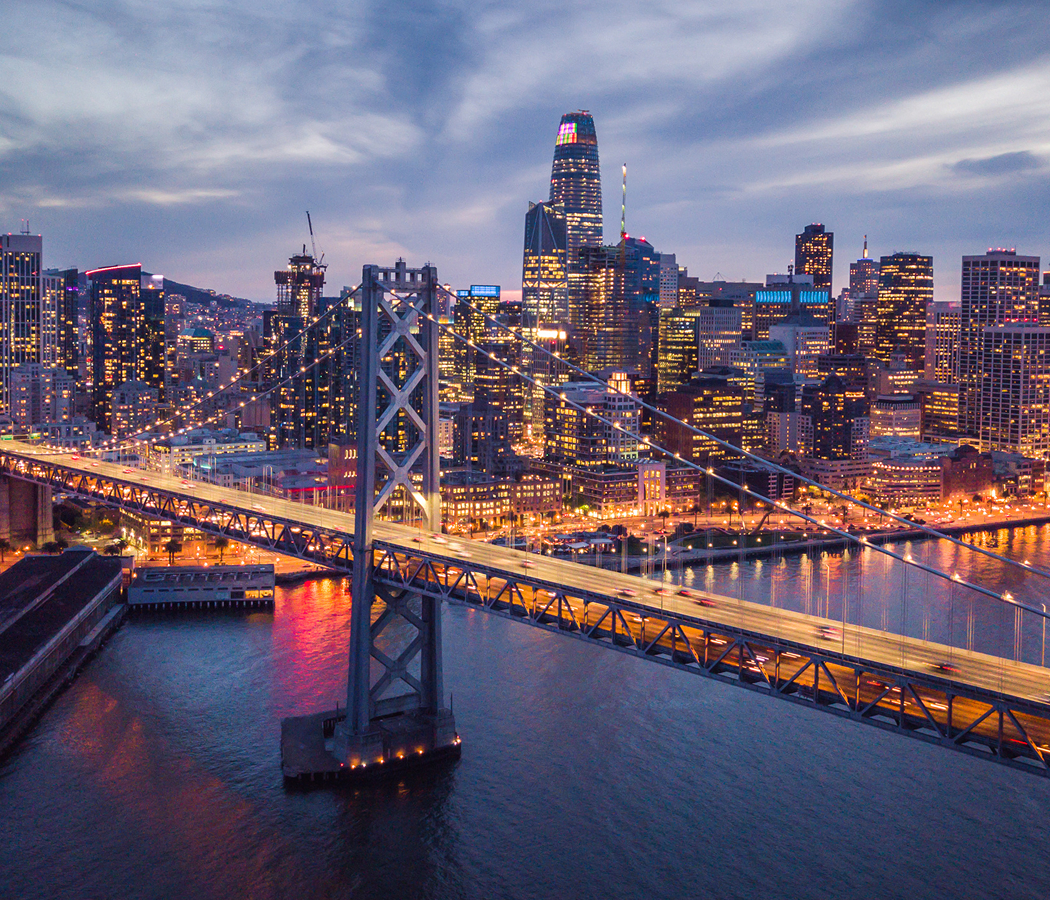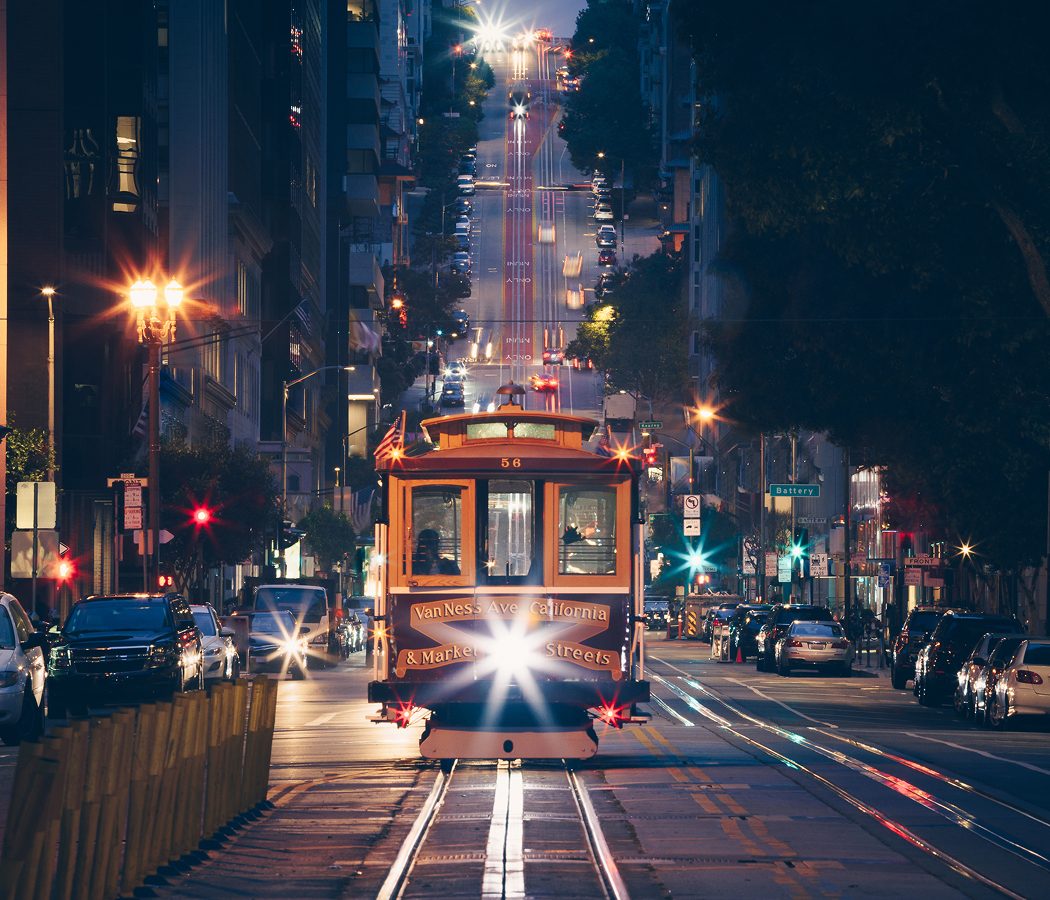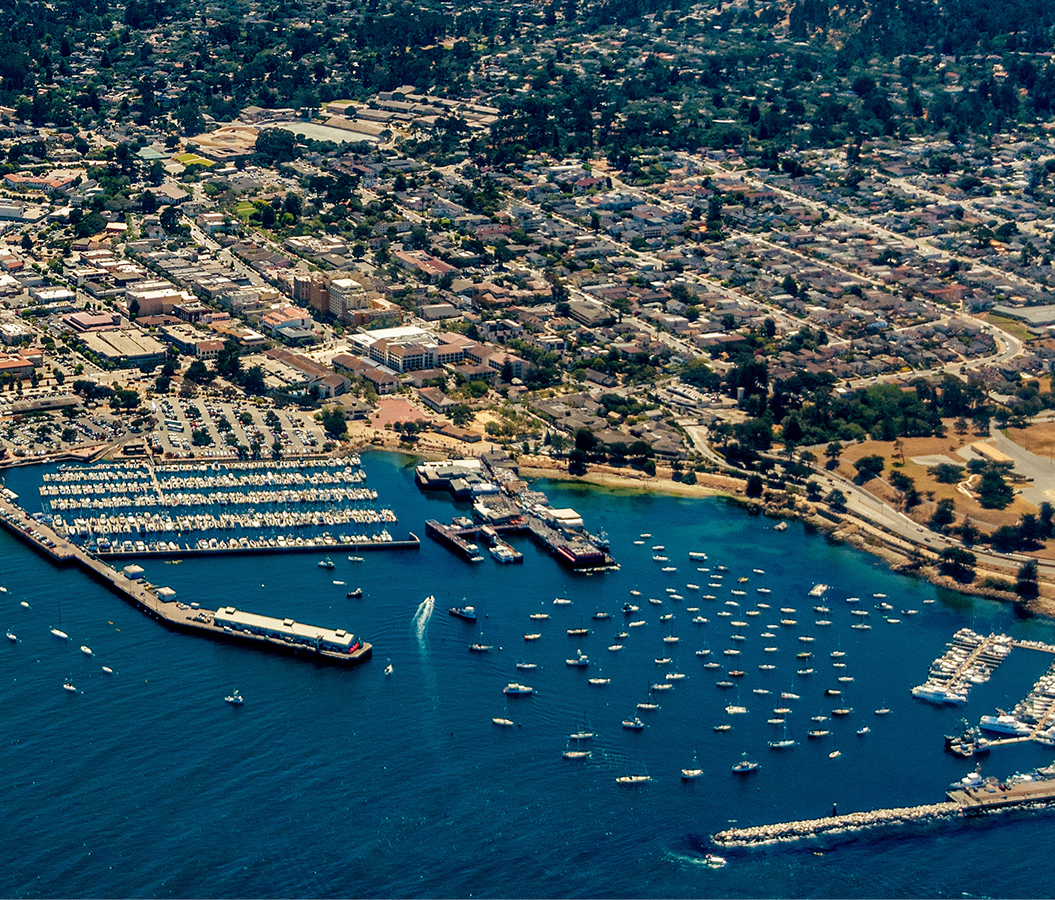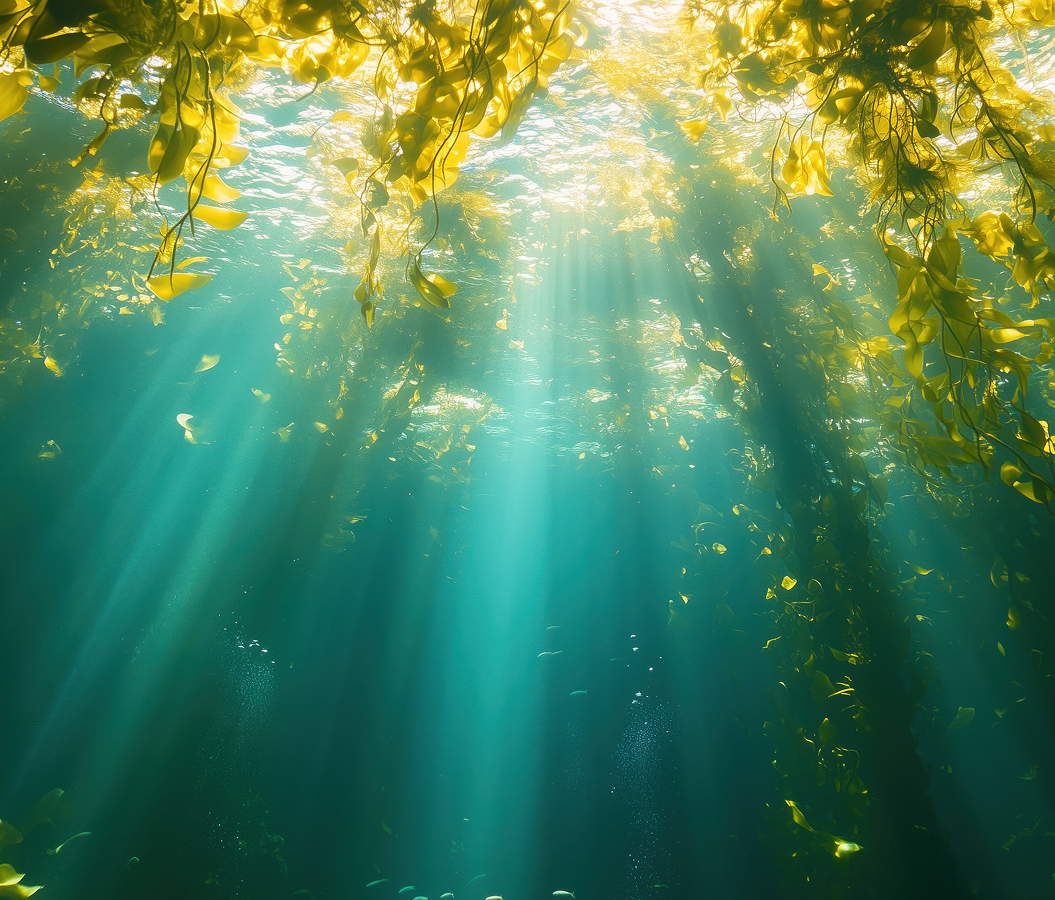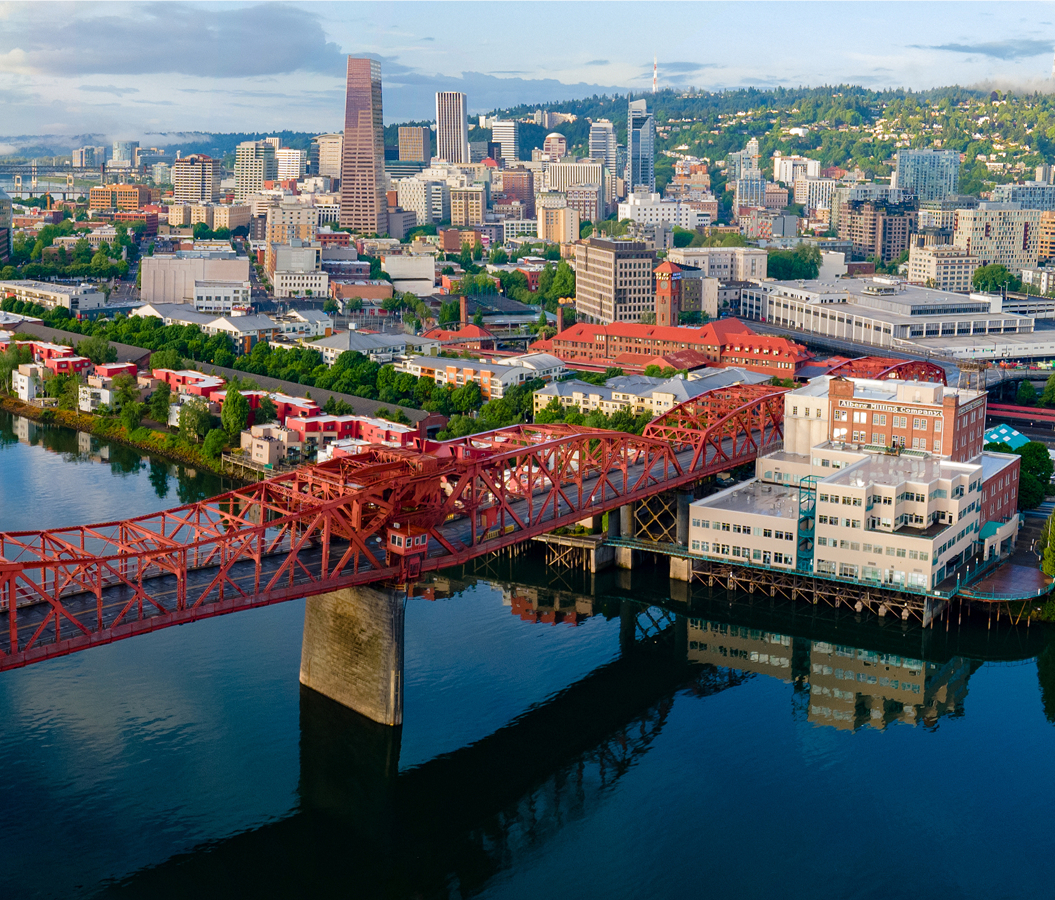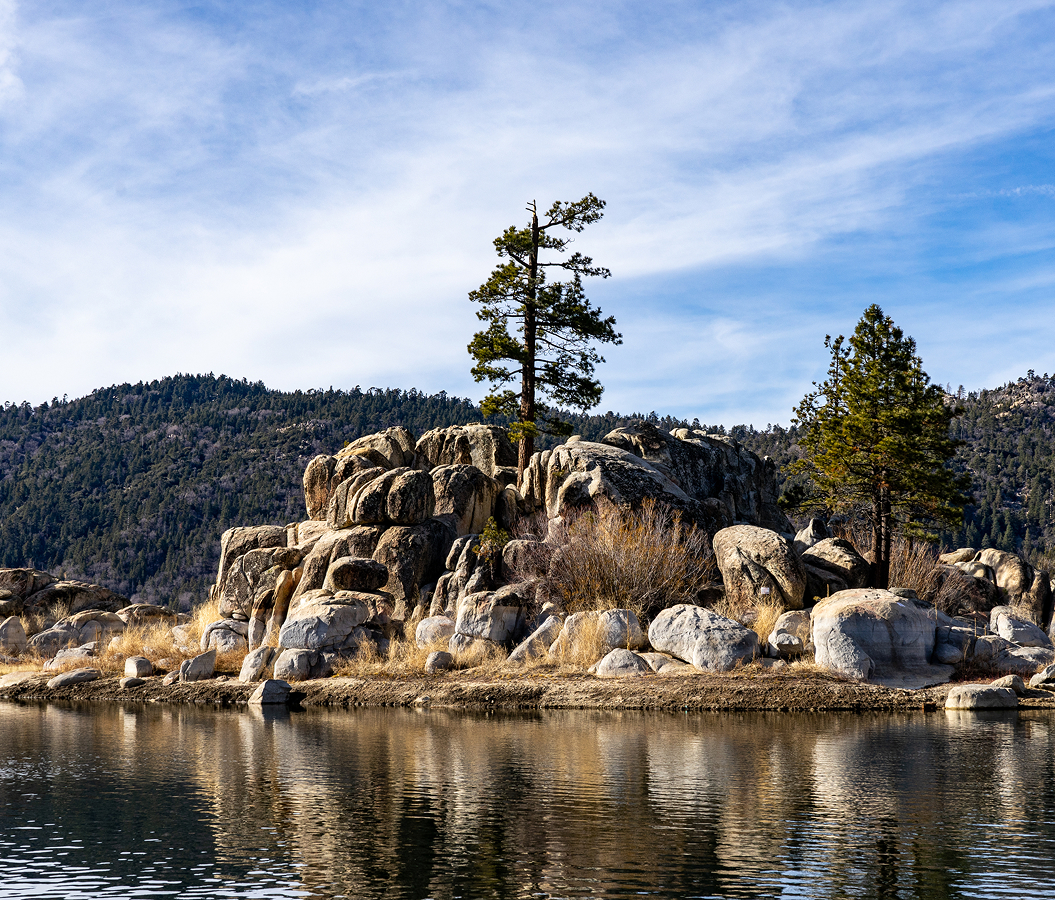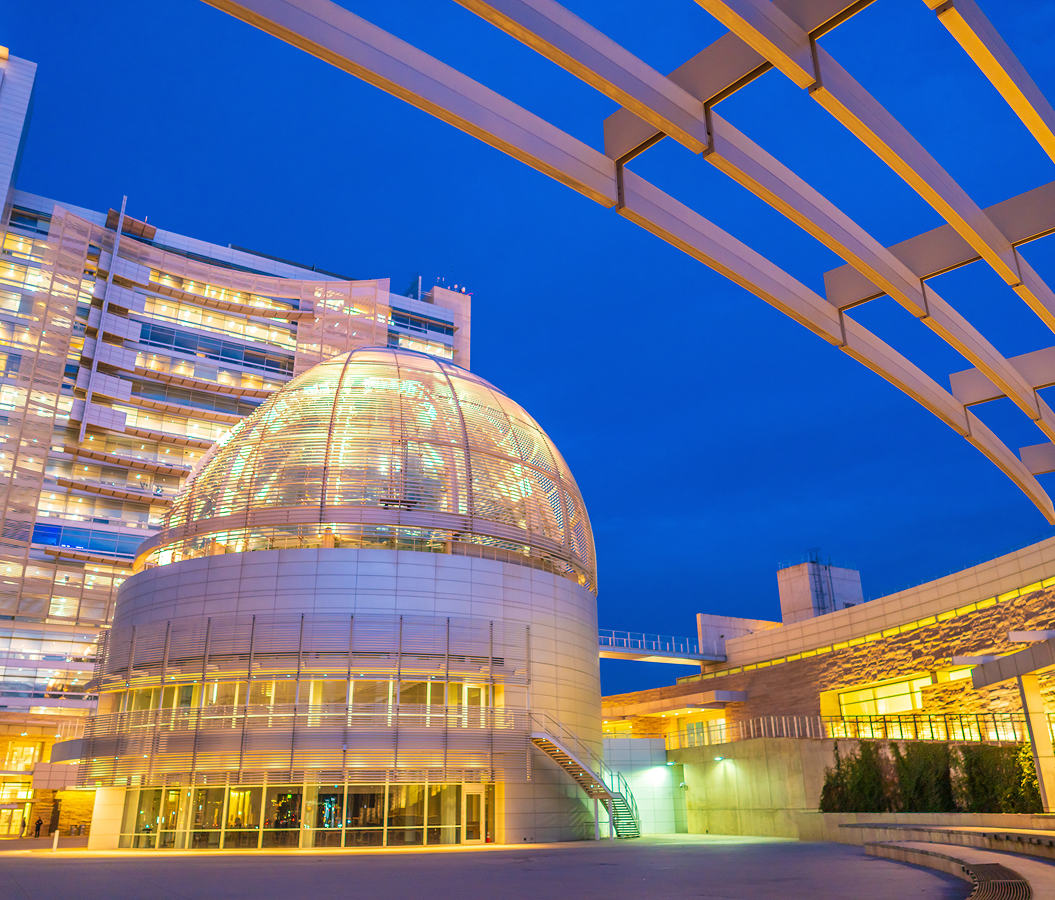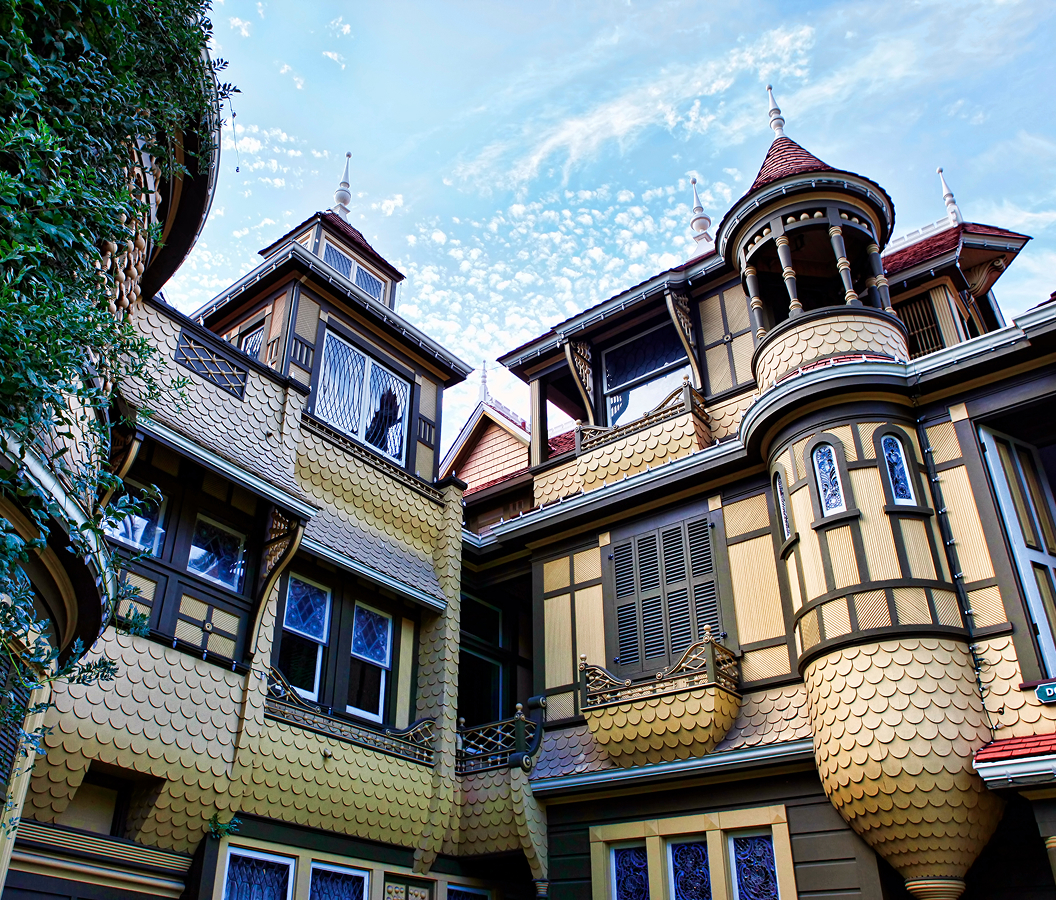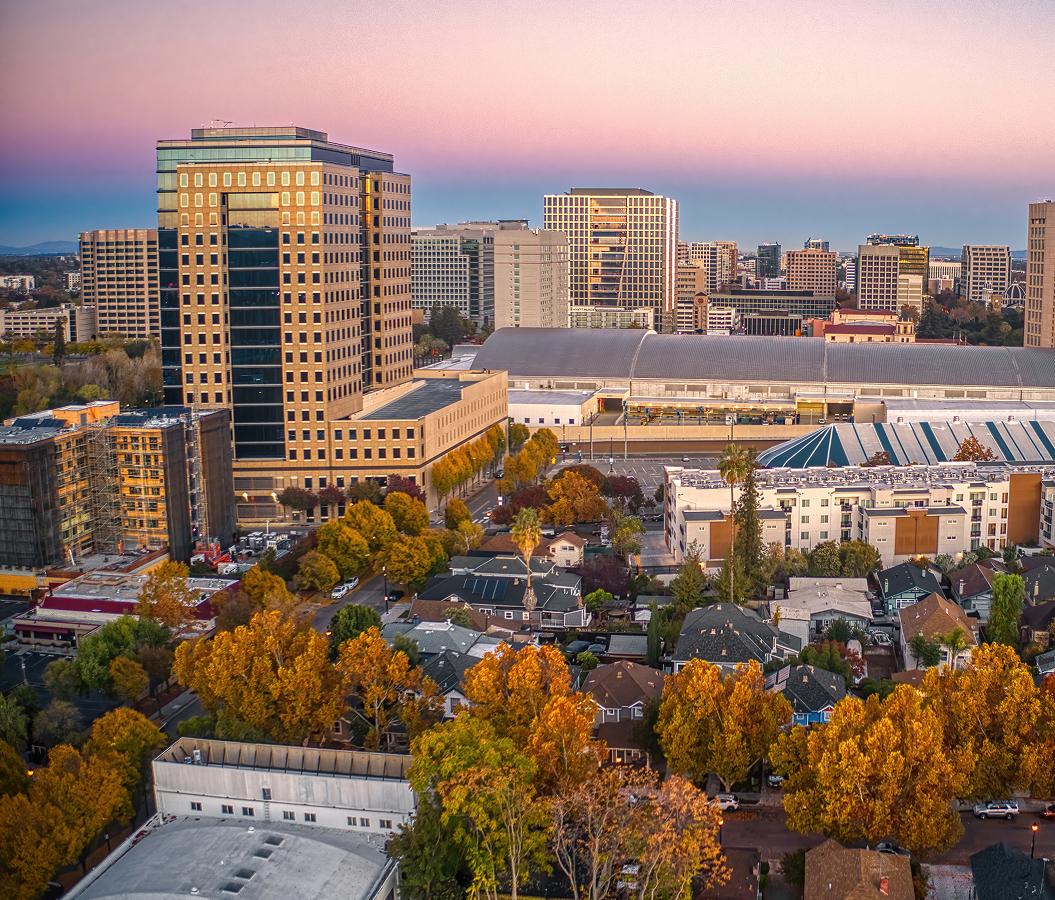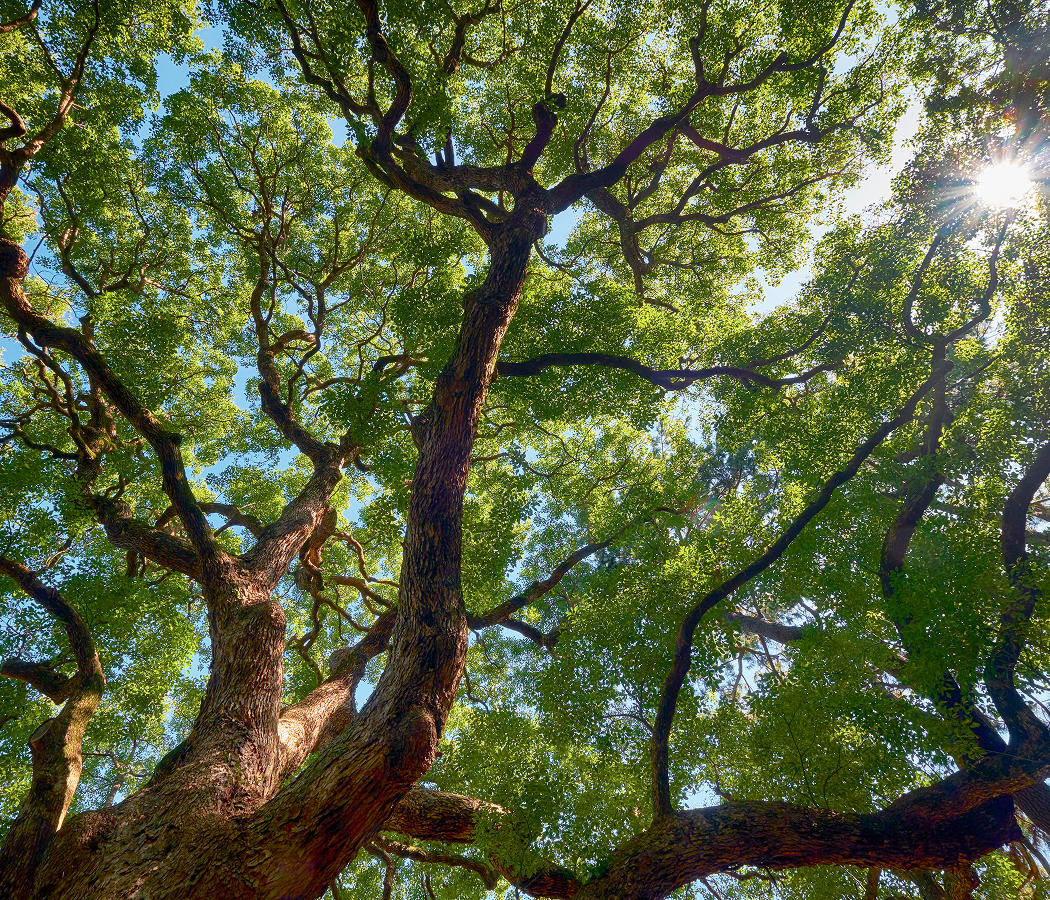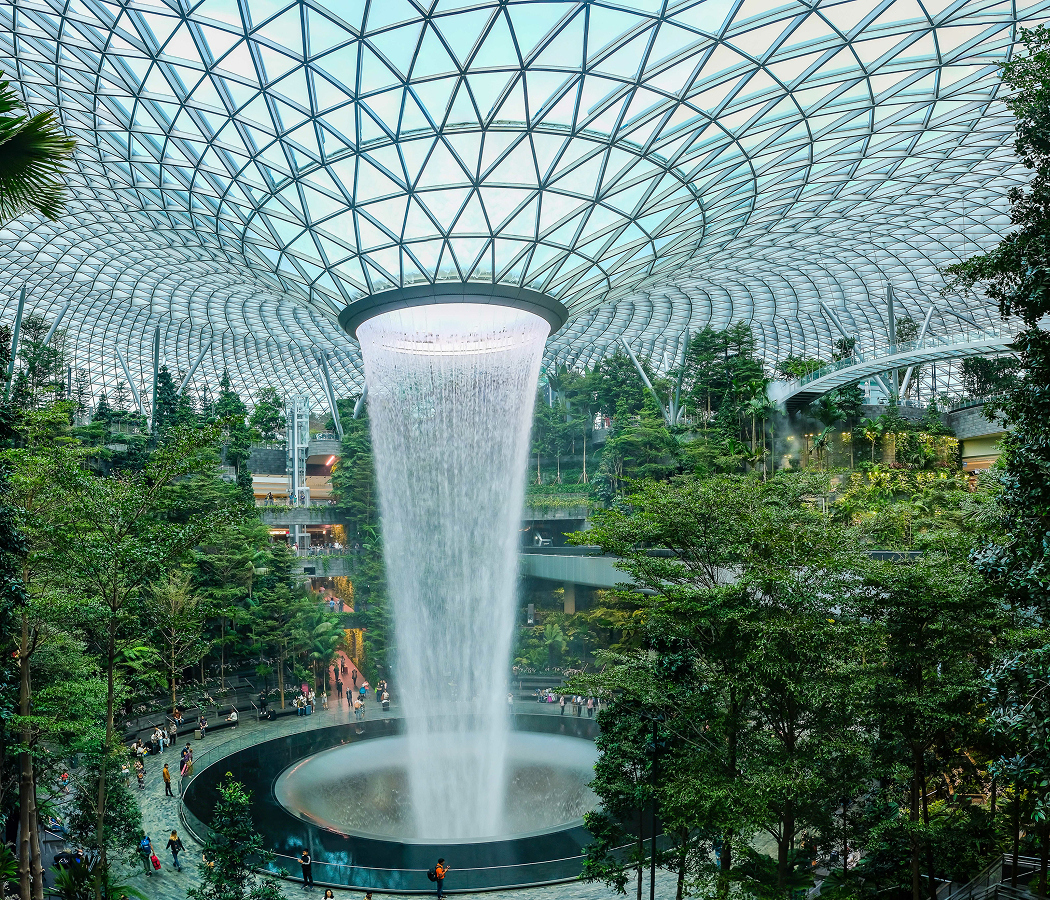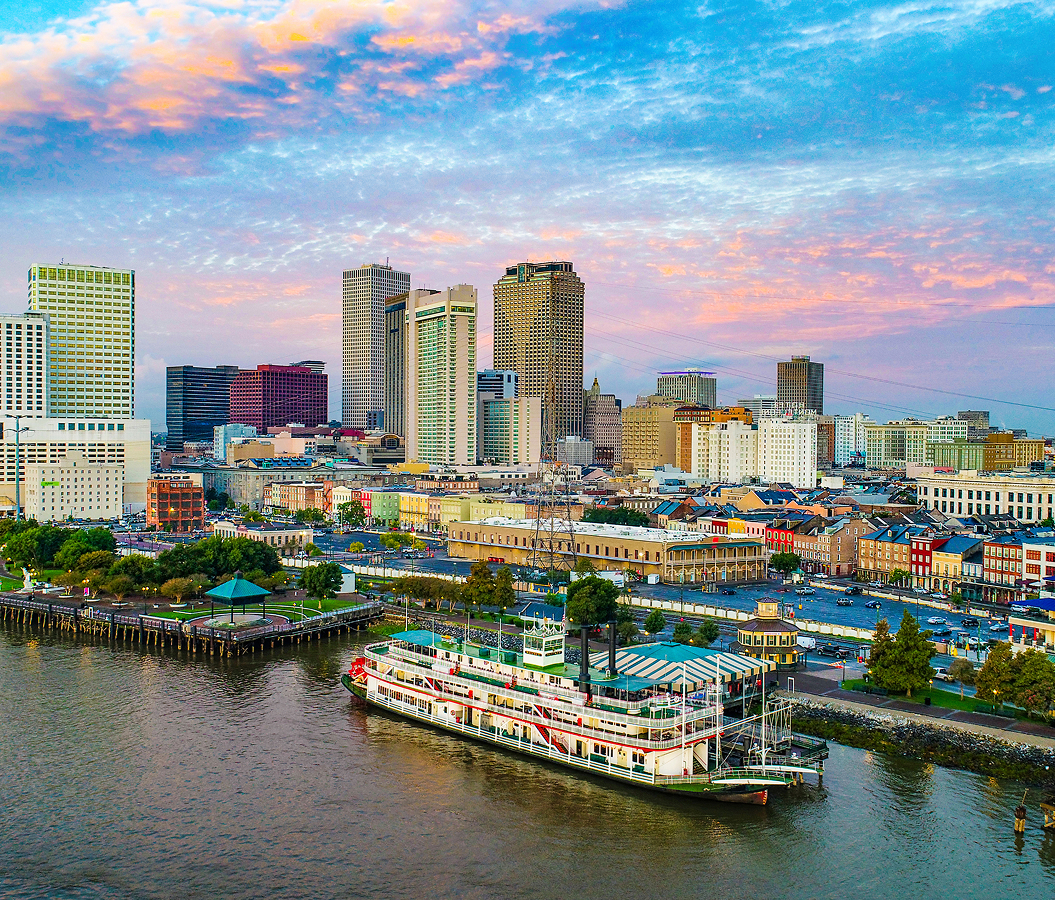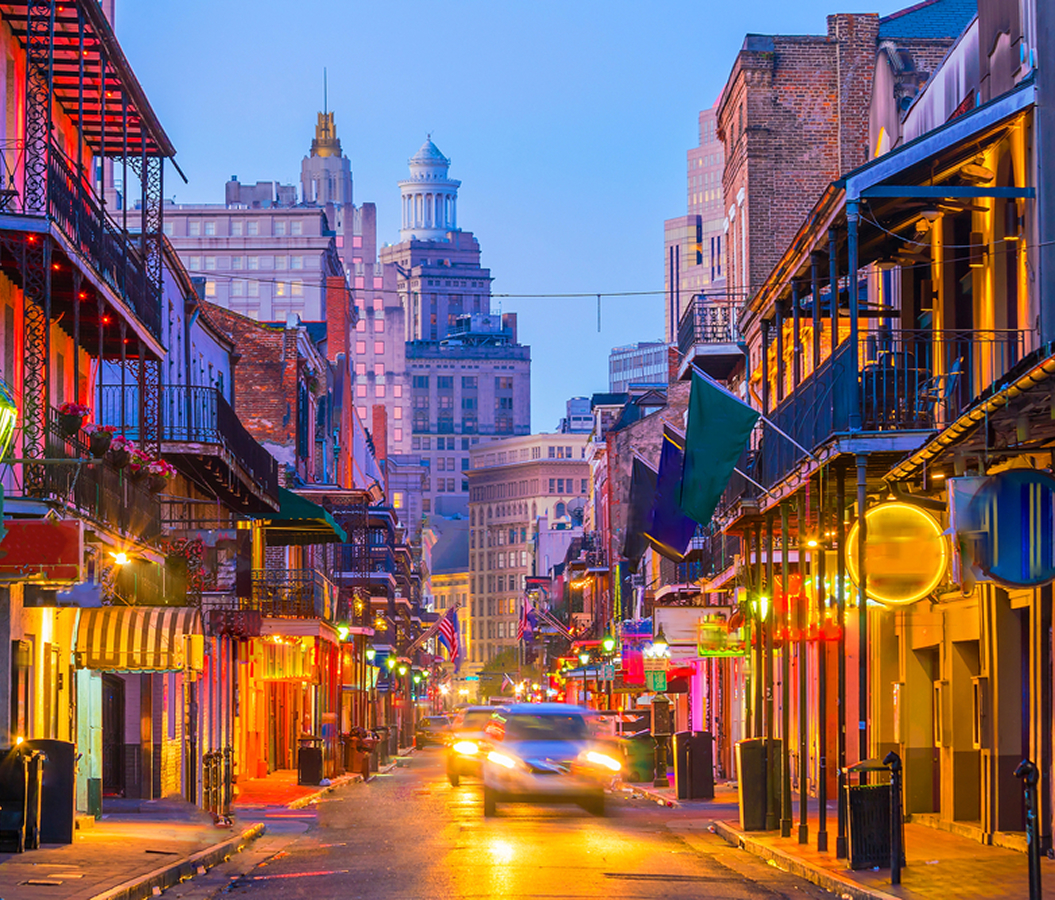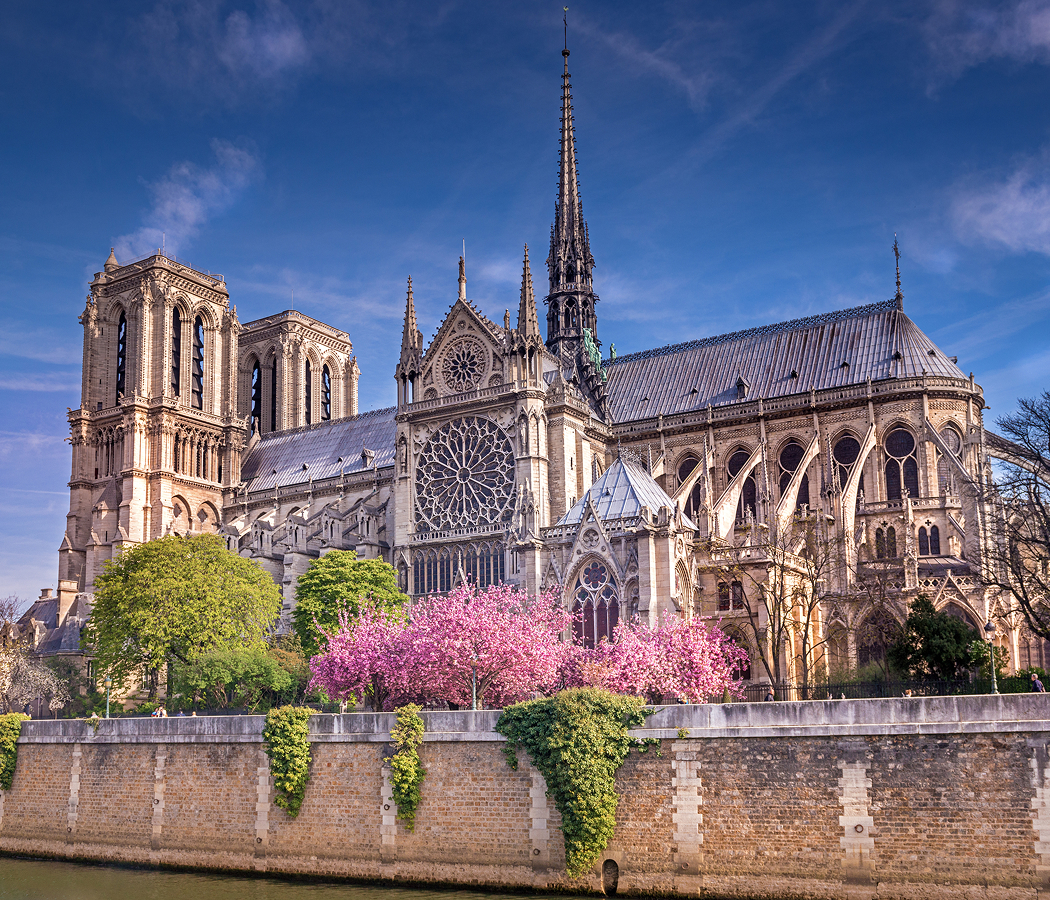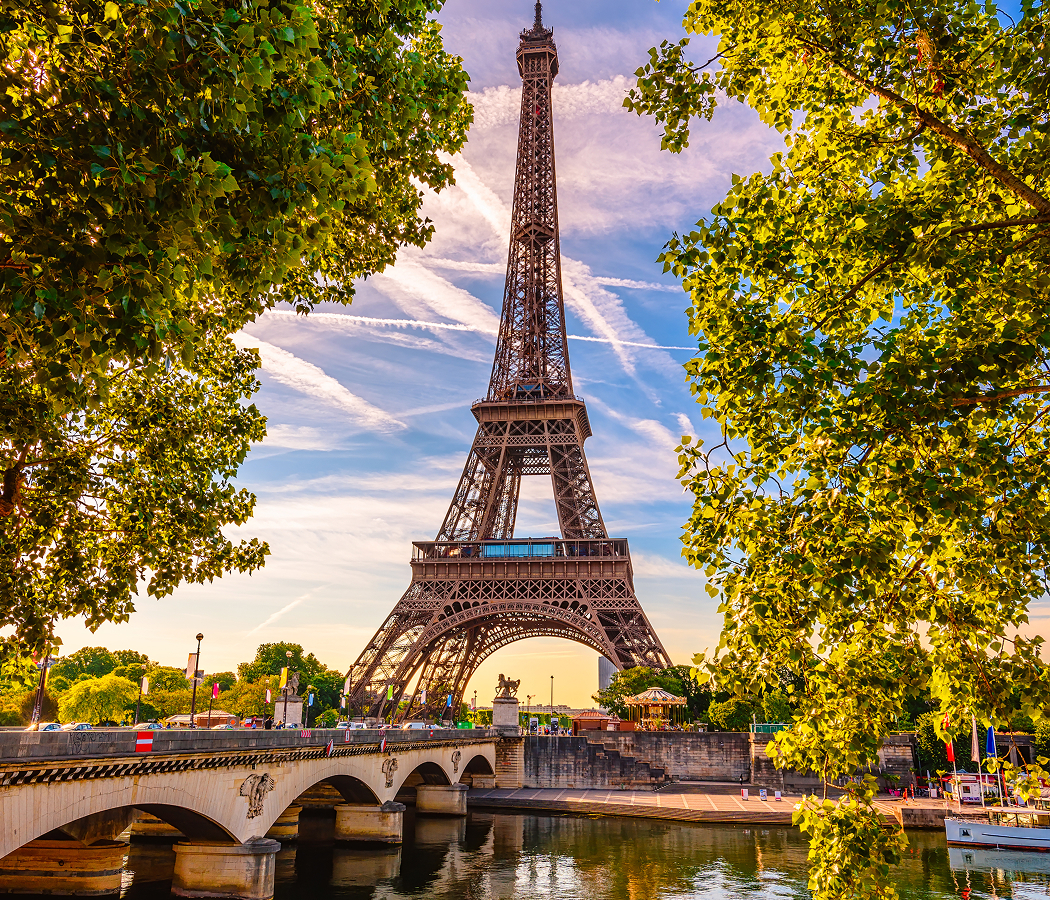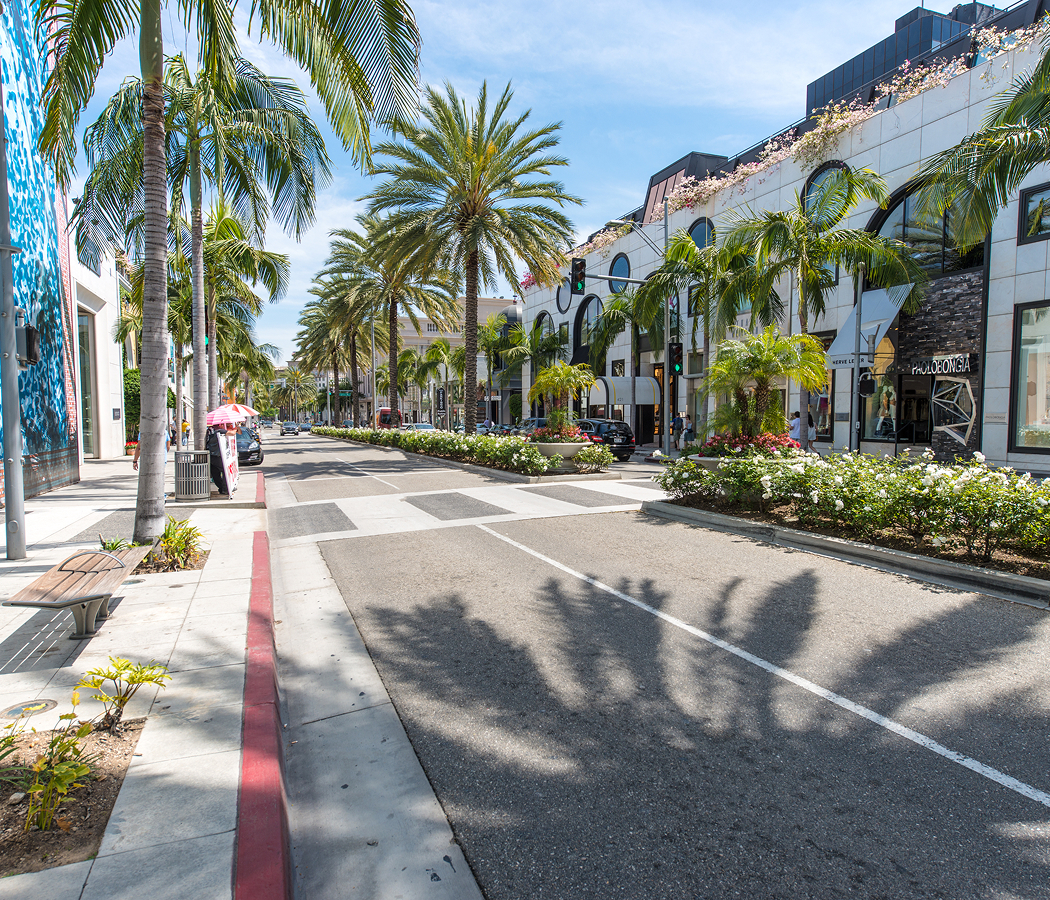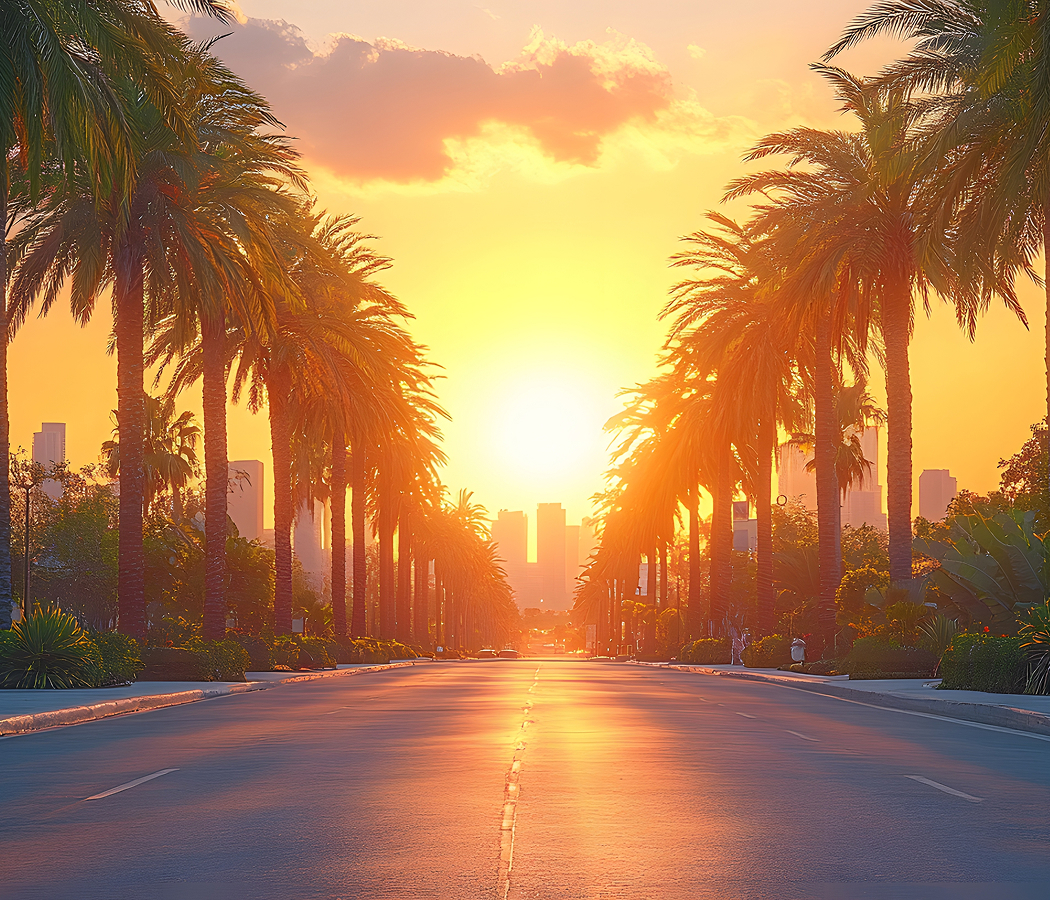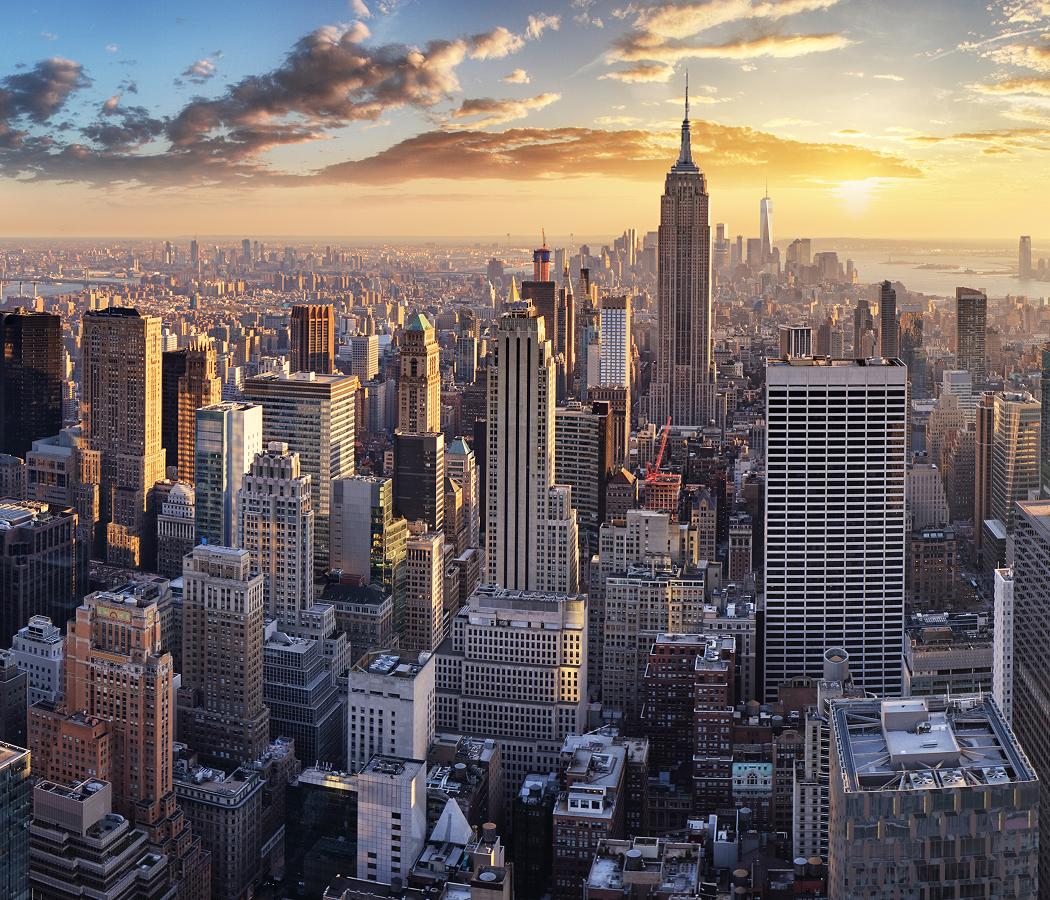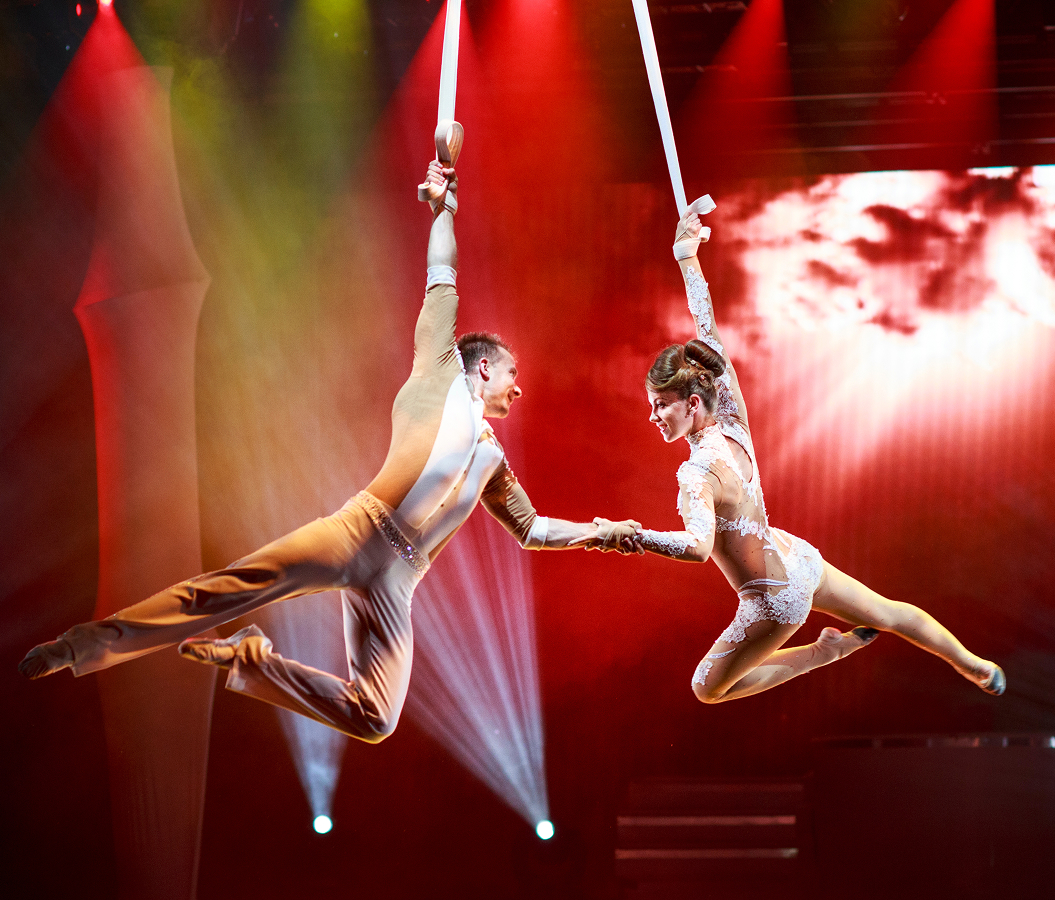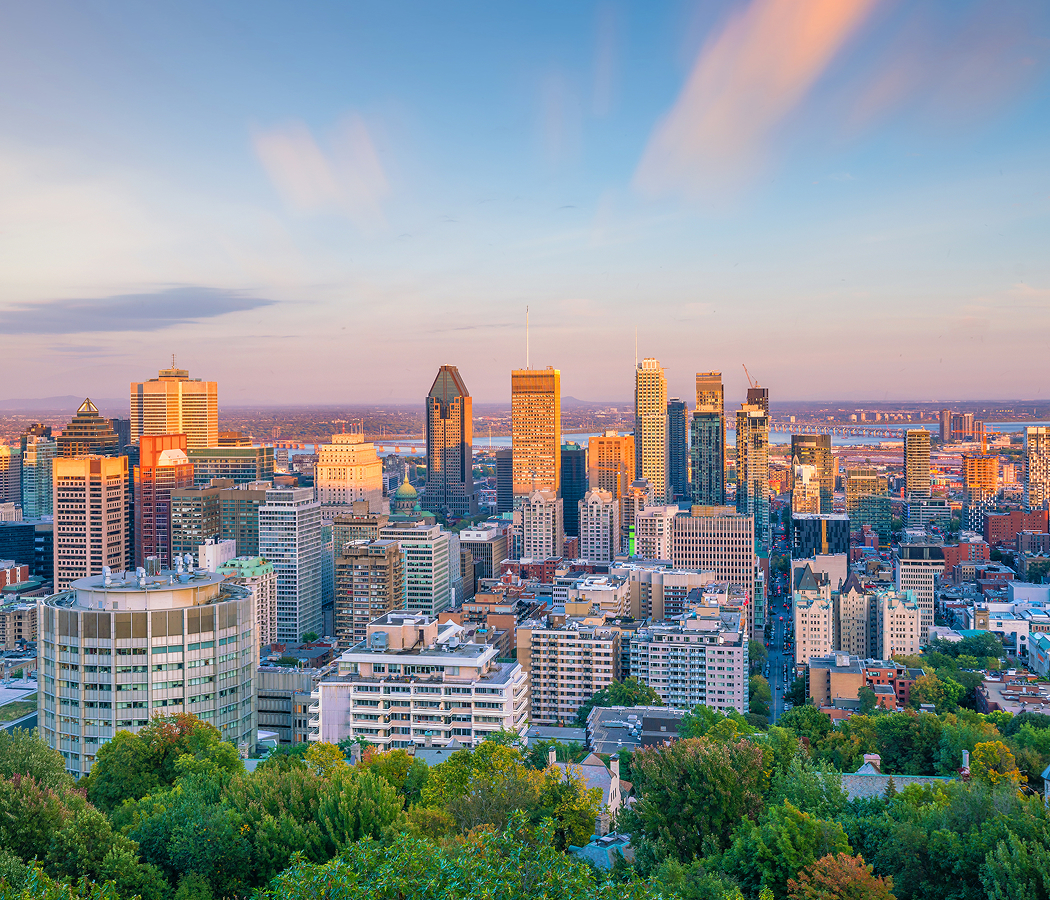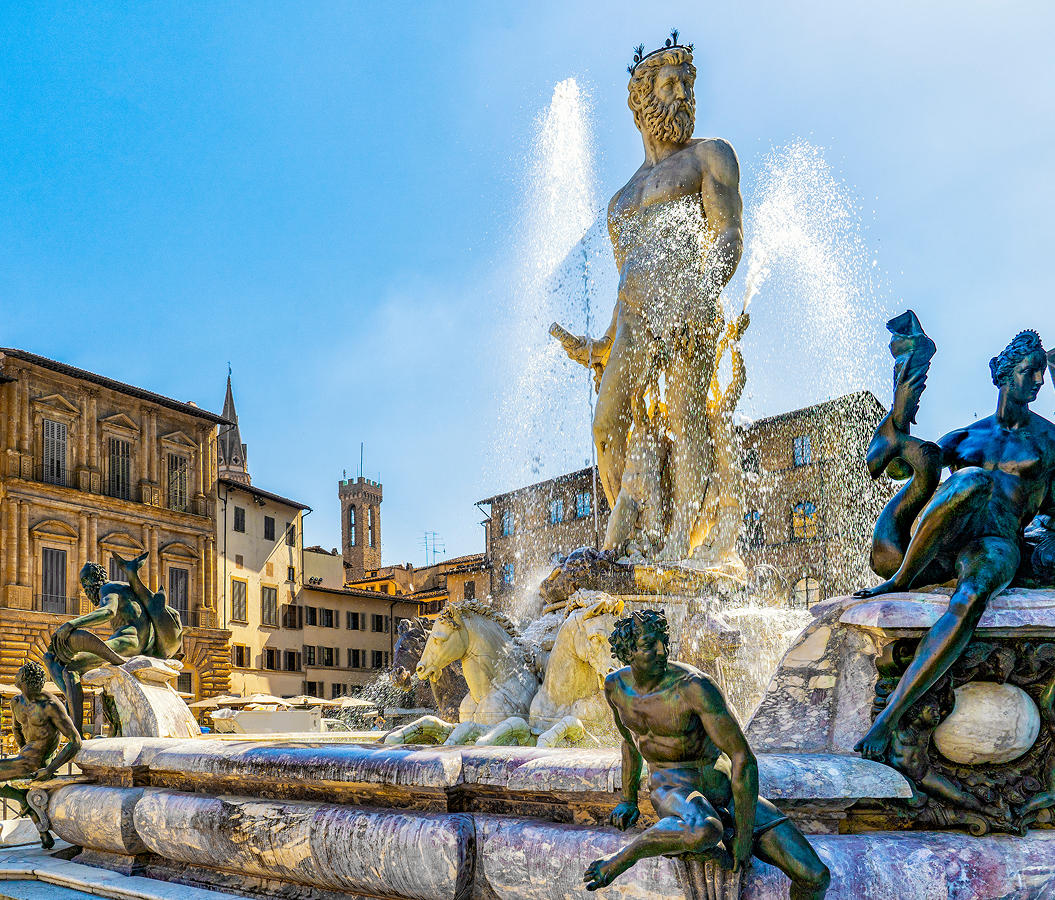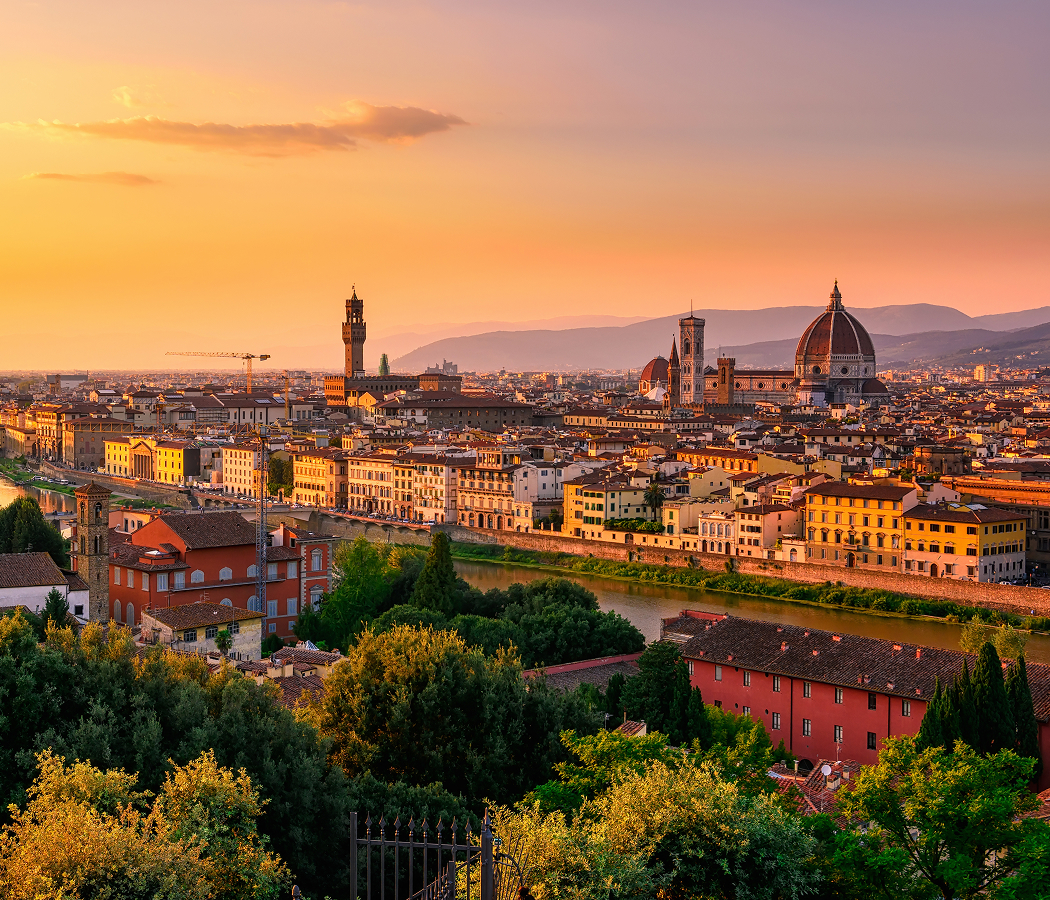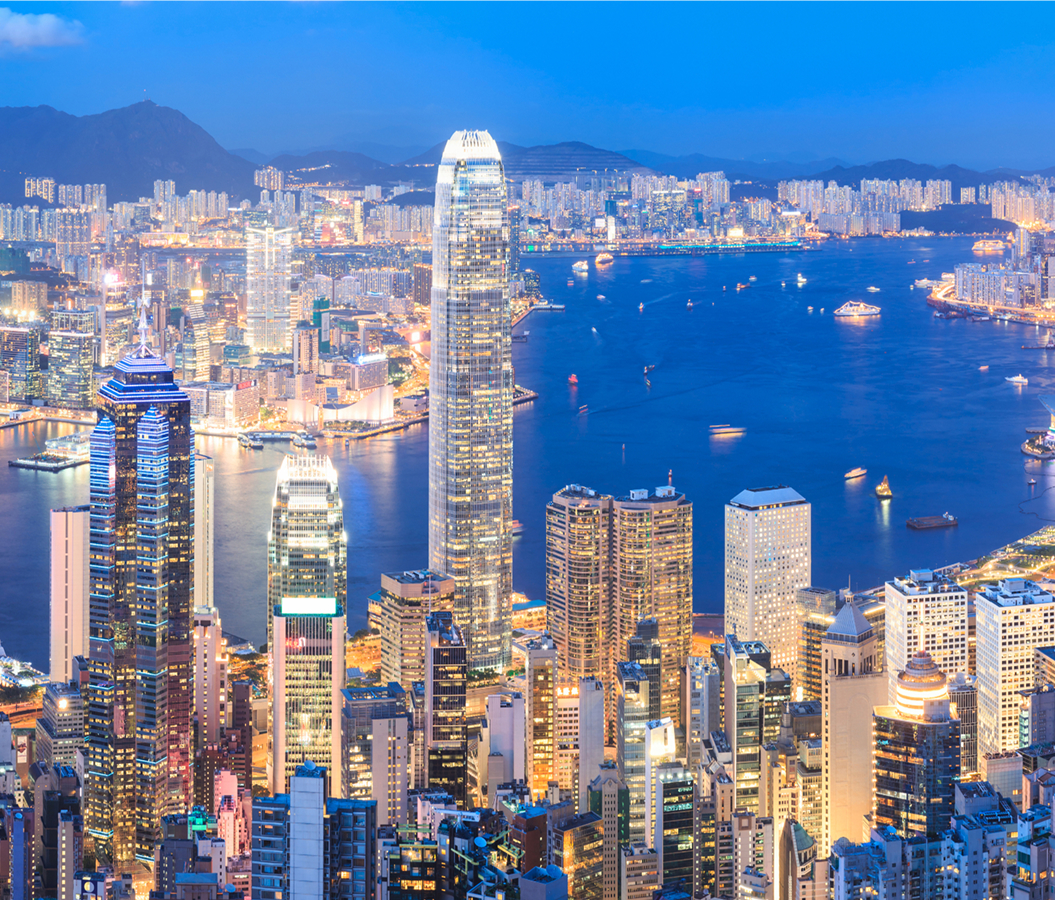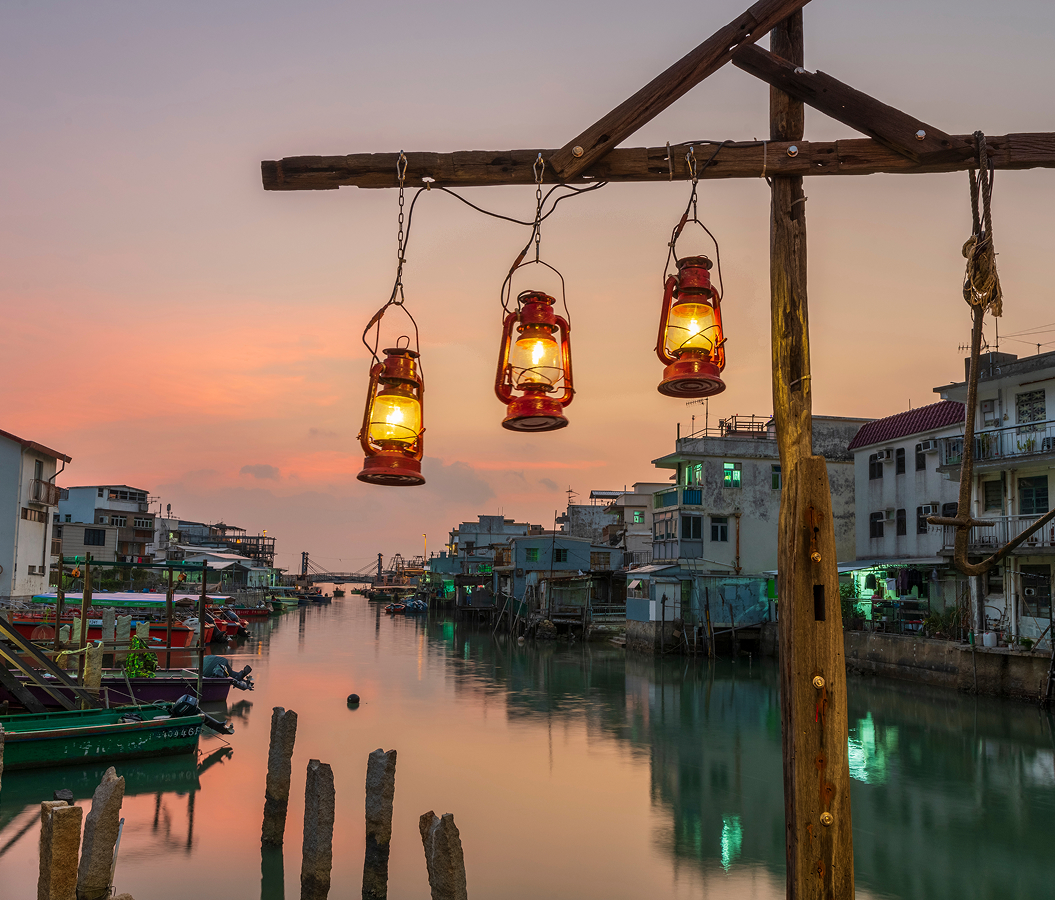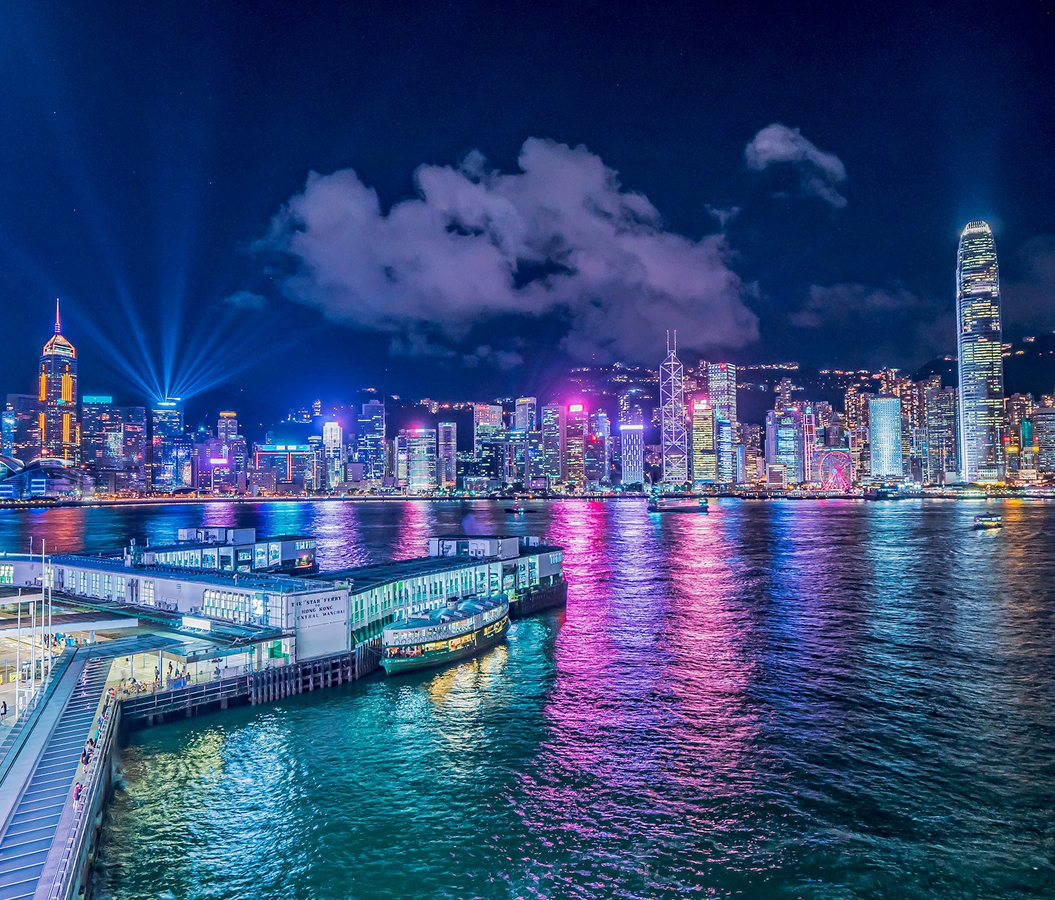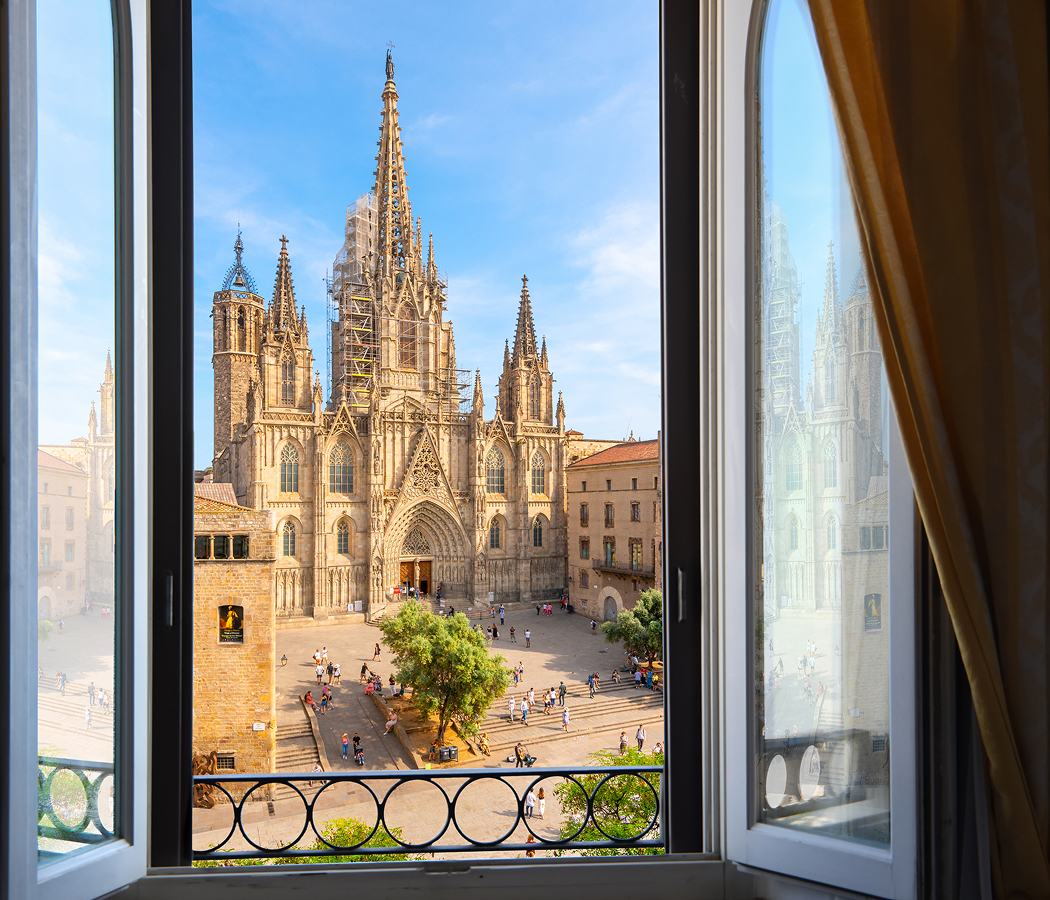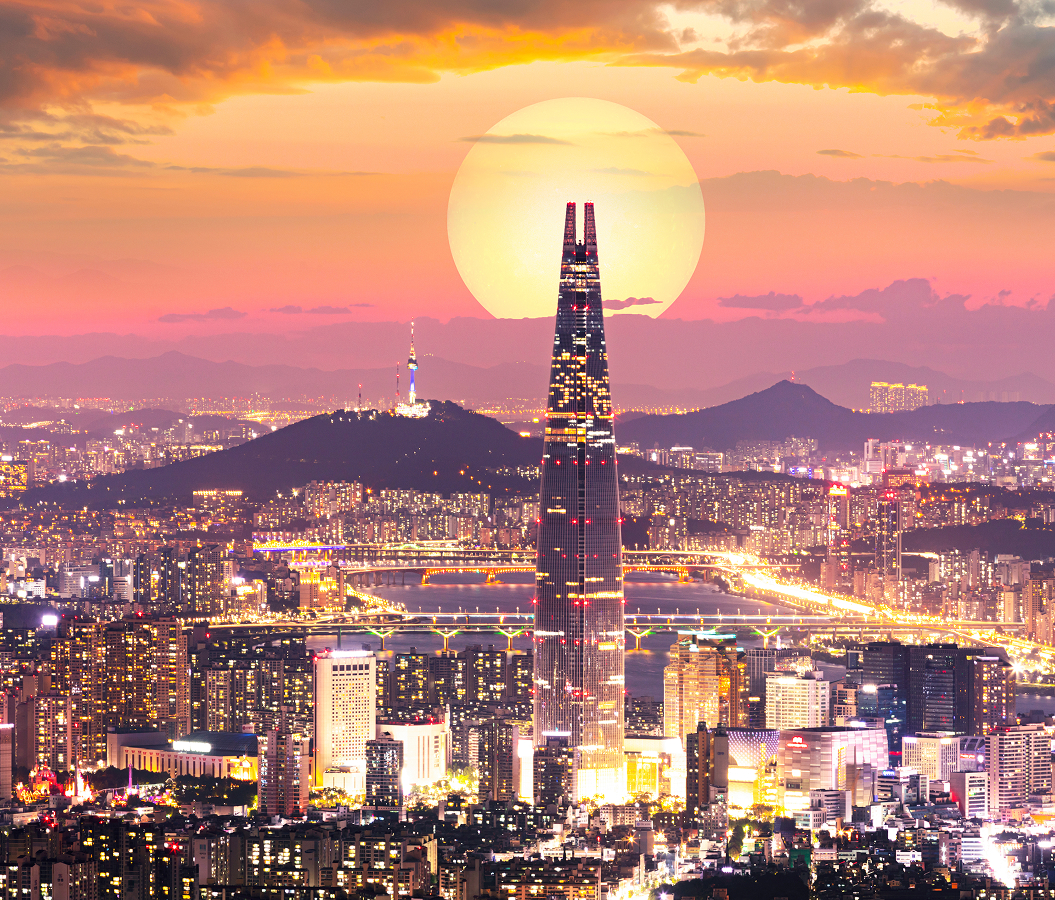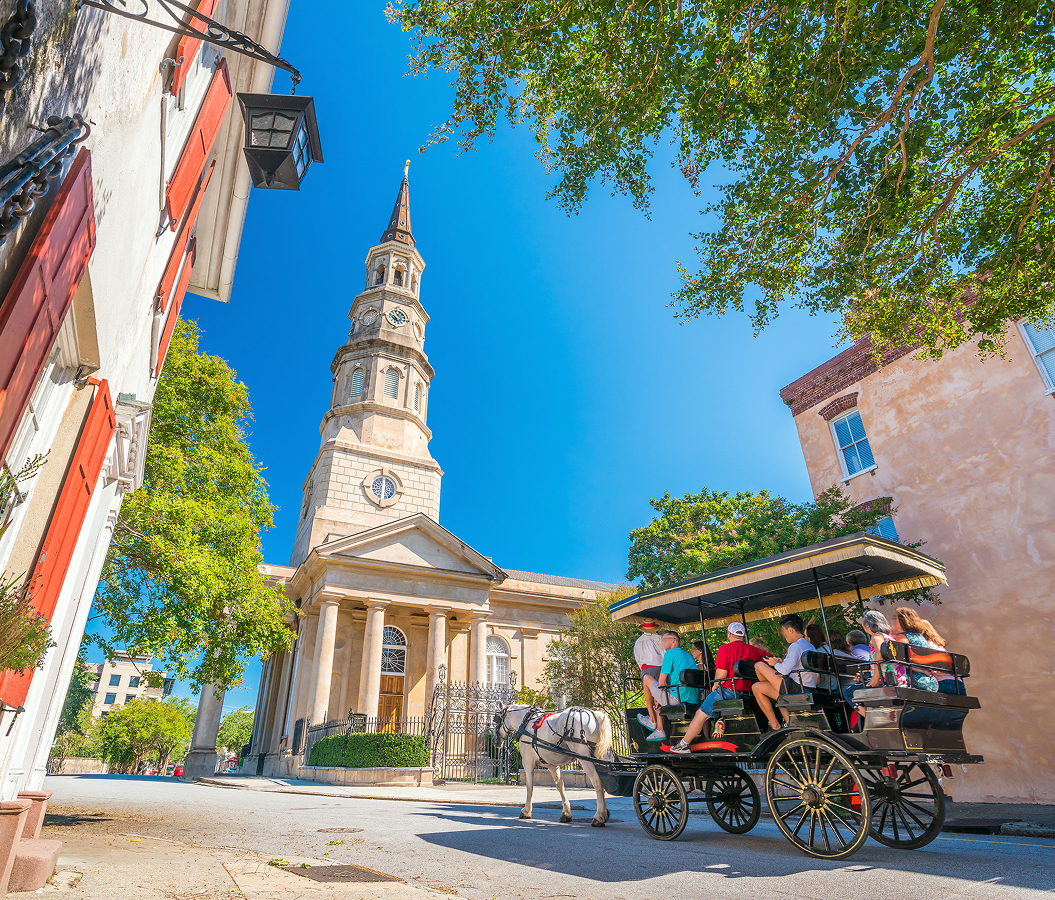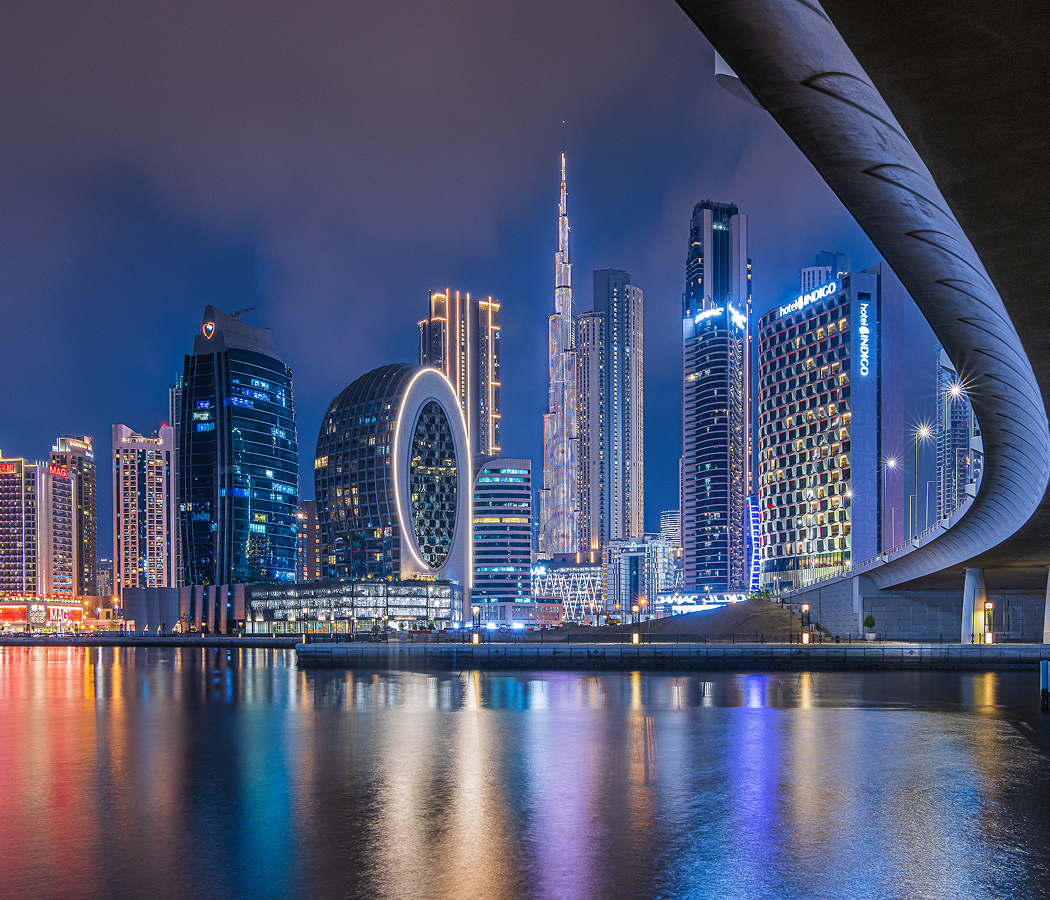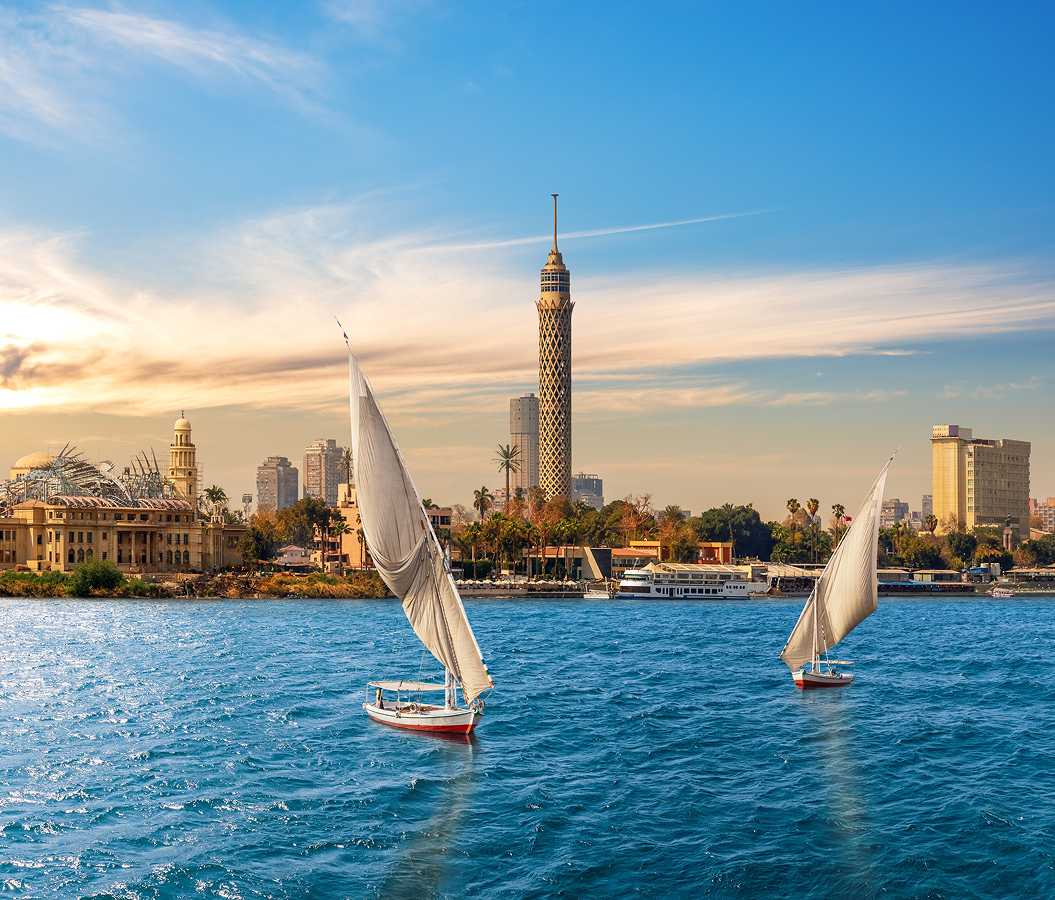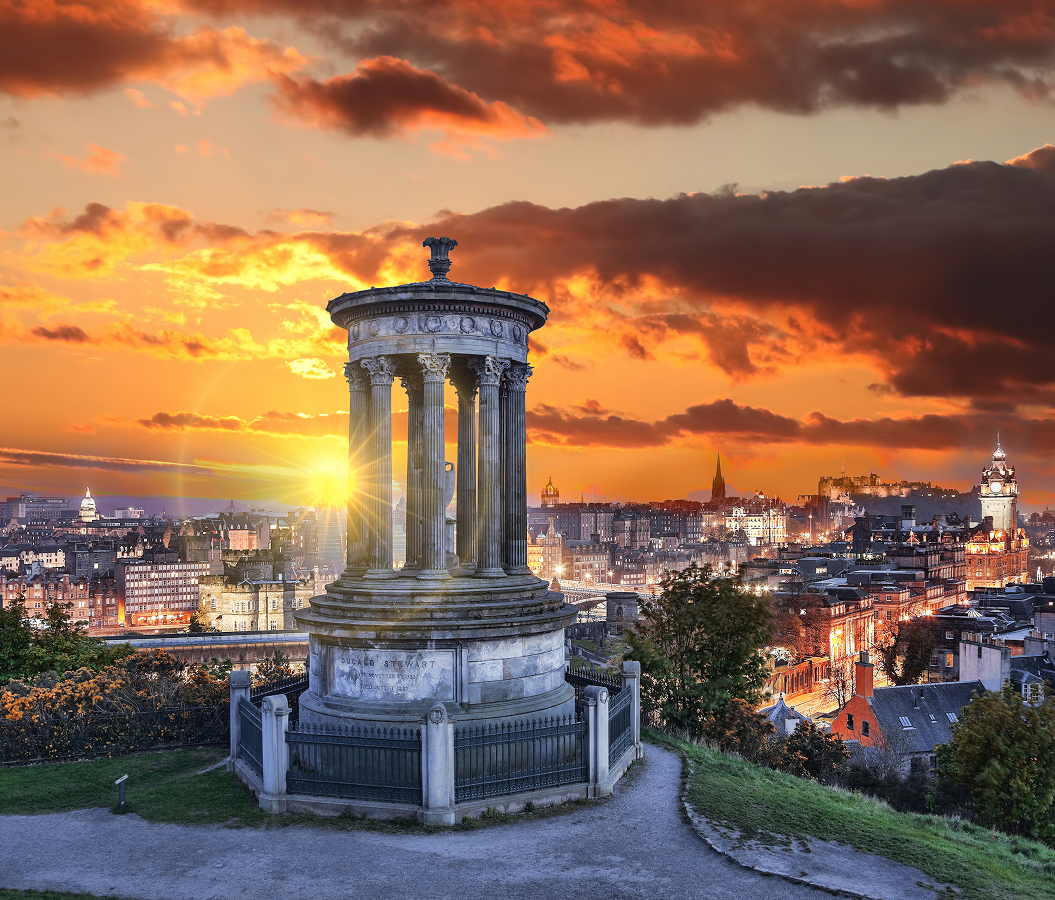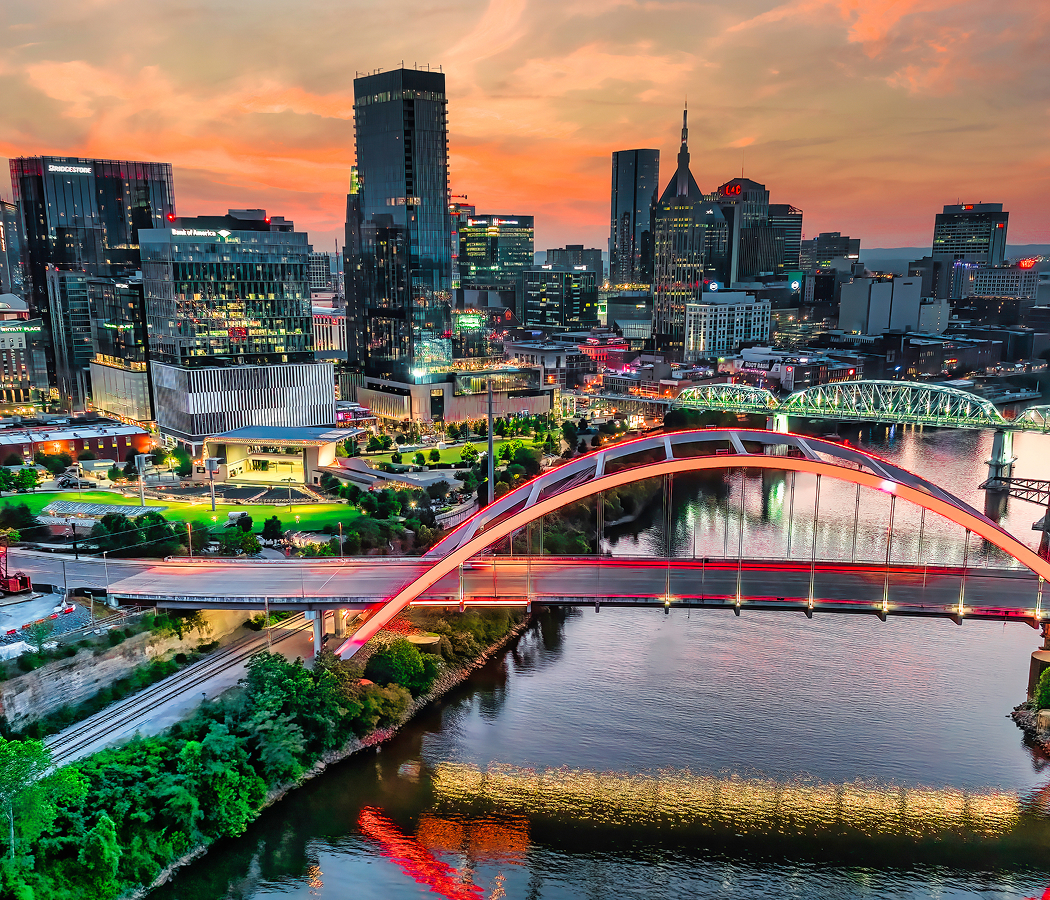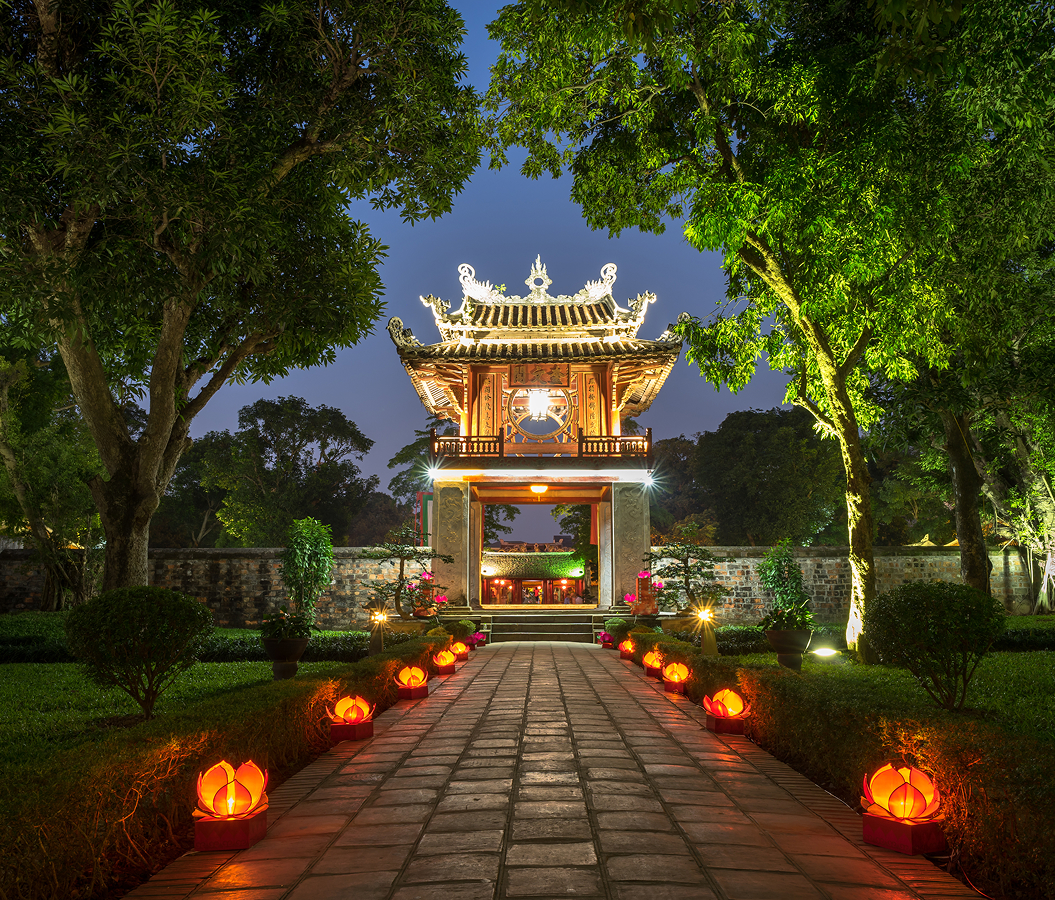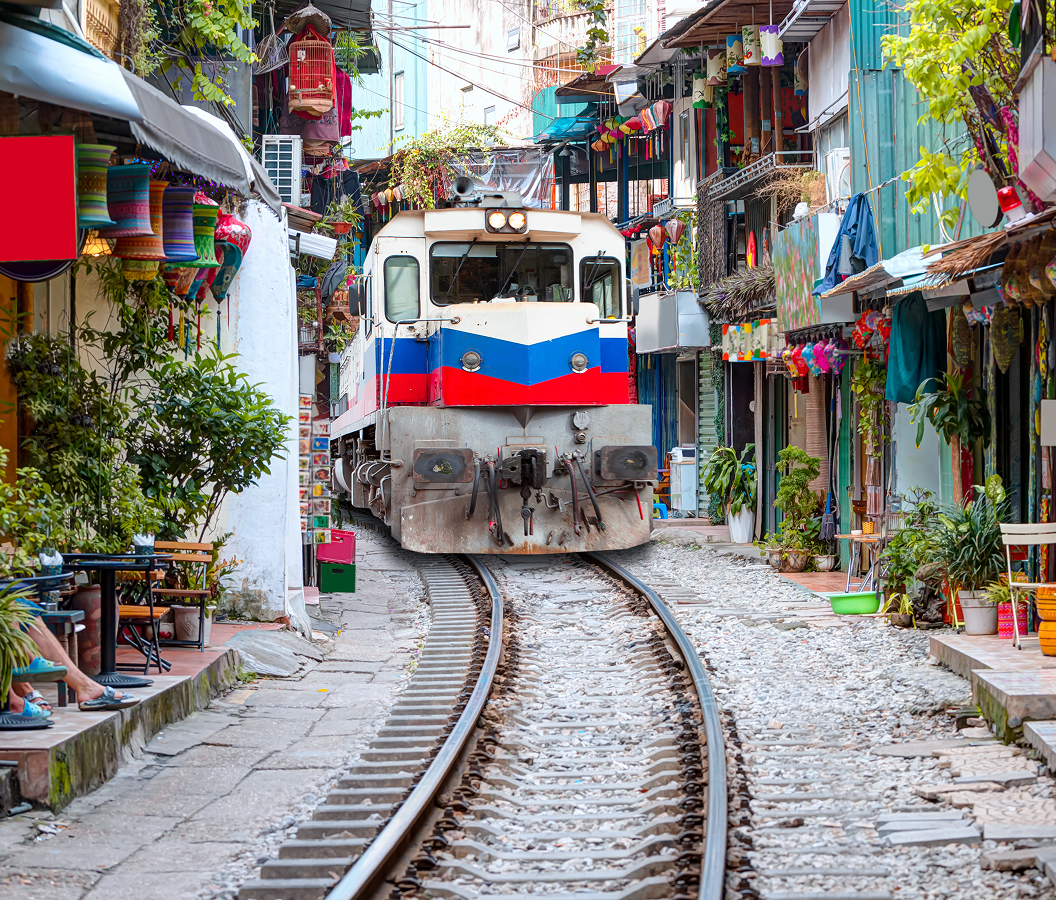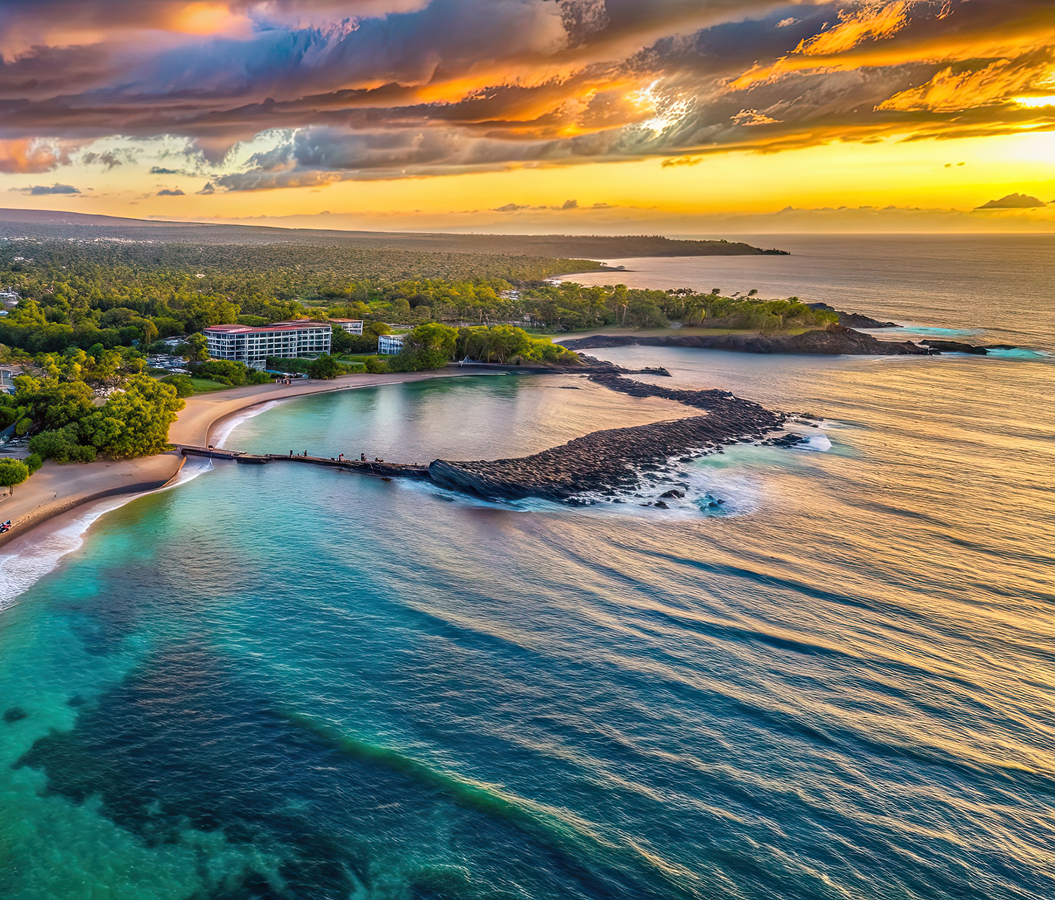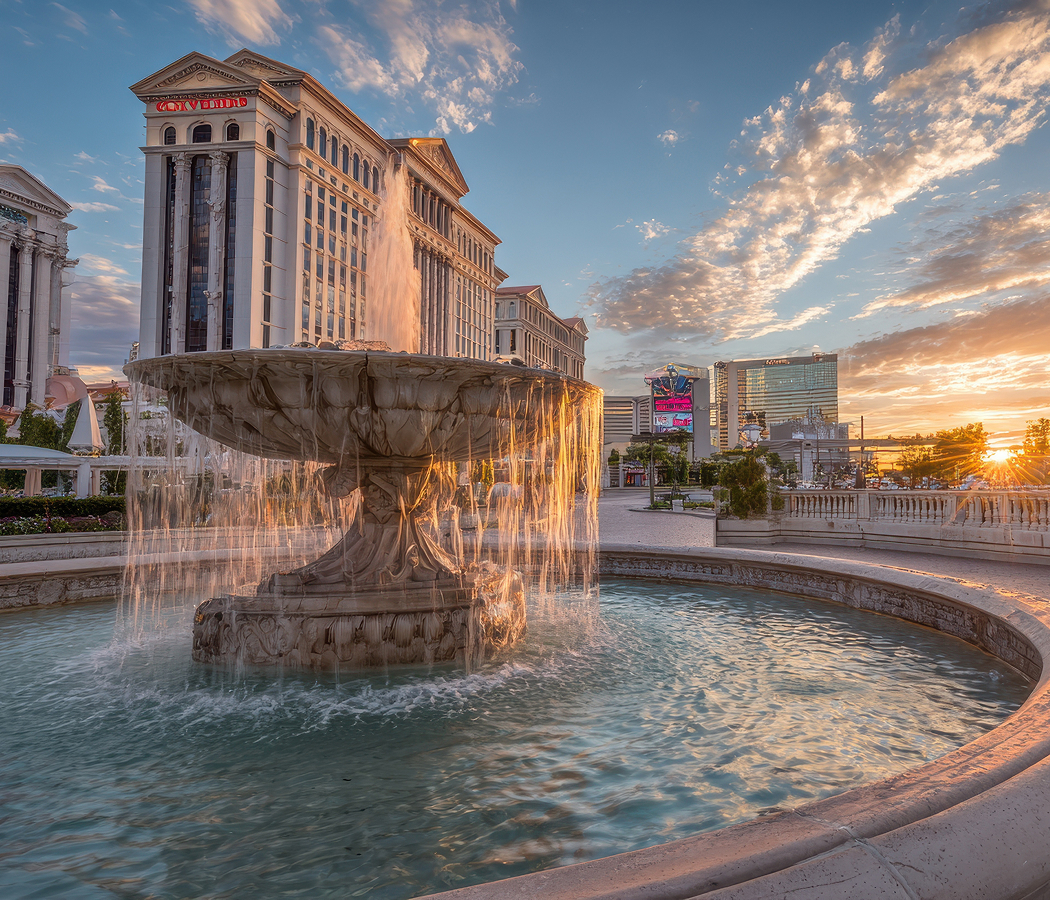
Why you should experience Gas Works Park in Seattle.
Gas Works Park isn’t just a park — it’s Seattle’s industrial past reborn as pure imagination.
Perched on the north shore of Lake Union, this 19-acre landmark feels like something out of a dream — a surreal fusion of rusted machinery, rolling green hills, and glittering cityscape. Once home to the Seattle Gas Light Company, the site was transformed in the 1970s into one of the most visionary public spaces in the country by landscape architect Richard Haag. The result is a park that doesn’t hide its history but celebrates it — giant towers and pipes standing as sculptural relics, their oxidized patina glowing in the Pacific light. Families picnic on Kite Hill, children roll down the grassy slopes, and couples watch sailboats drift across the lake with the Space Needle gleaming in the distance. At sunset, the skyline glows gold, the water mirrors the clouds, and the silhouette of the old gasworks becomes a work of art in itself. Gas Works Park isn’t a park you just visit — it’s a place you feel, where the beauty of decay becomes something alive again.
What you didn’t know about Gas Works Park.
Behind its post-industrial charm lies one of the boldest environmental restoration stories in American landscape design.
The site operated as a coal gasification plant from 1906 until 1956, leaving behind a heavily contaminated landscape of rust, residue, and debris. When the city acquired the land, many wanted the structures demolished — but Richard Haag, the visionary designer, saw art in the ashes. He pioneered one of the earliest large-scale examples of bioremediation, using plants and soil bacteria to cleanse the toxic ground instead of removing it. The preserved machinery, cleaned and painted in earthy reds and oranges, became an iconic blend of sculpture and memory — a reminder that human progress and natural recovery can coexist. The park’s design also pays homage to its industrial lineage: the Great Mound was formed from the site’s rubble, and the play barn, built within old compressor towers, turns remnants of industry into spaces of joy. Today, Gas Works Park is a symbol of urban reinvention — proof that even a scarred landscape can become a sanctuary.
How to fold Gas Works Park into your trip.
To experience Gas Works Park in its full rhythm, come when the light tells the story.
Arrive in the late afternoon and climb Kite Hill for sweeping, cinematic views of Lake Union, the downtown skyline, and the Space Needle rising across the water. Watch seaplanes take off and kayakers trace ripples beneath you, then wander through the preserved gasworks structures — surreal, beautiful, and humming with history. Pack a picnic or coffee from nearby Fremont and claim a spot on the grass as the sky deepens to lavender and gold. Stay for sunset, when the skyline ignites and the city’s reflection shimmers like glass. On summer evenings, locals gather here for concerts, fireworks, and movie nights under the open sky; in winter, the mist off the lake turns the park into a quiet, otherworldly dream. Whether you come for photography, solitude, or the sheer curiosity of it all, Gas Works Park is one of Seattle’s most extraordinary spaces — a reminder that beauty doesn’t always bloom from nature alone, but from the courage to let the past breathe into the present.
Hear it from the Foresyte community.
“Rusting industrial pipes turned into a playground. One moment you’re rolling down grassy hills, the next you’re taking edgy skyline photos.”
Where meaningful travel begins.
Start your journey with Foresyte, where the planning is part of the magic.
Discover the experiences that matter most.





